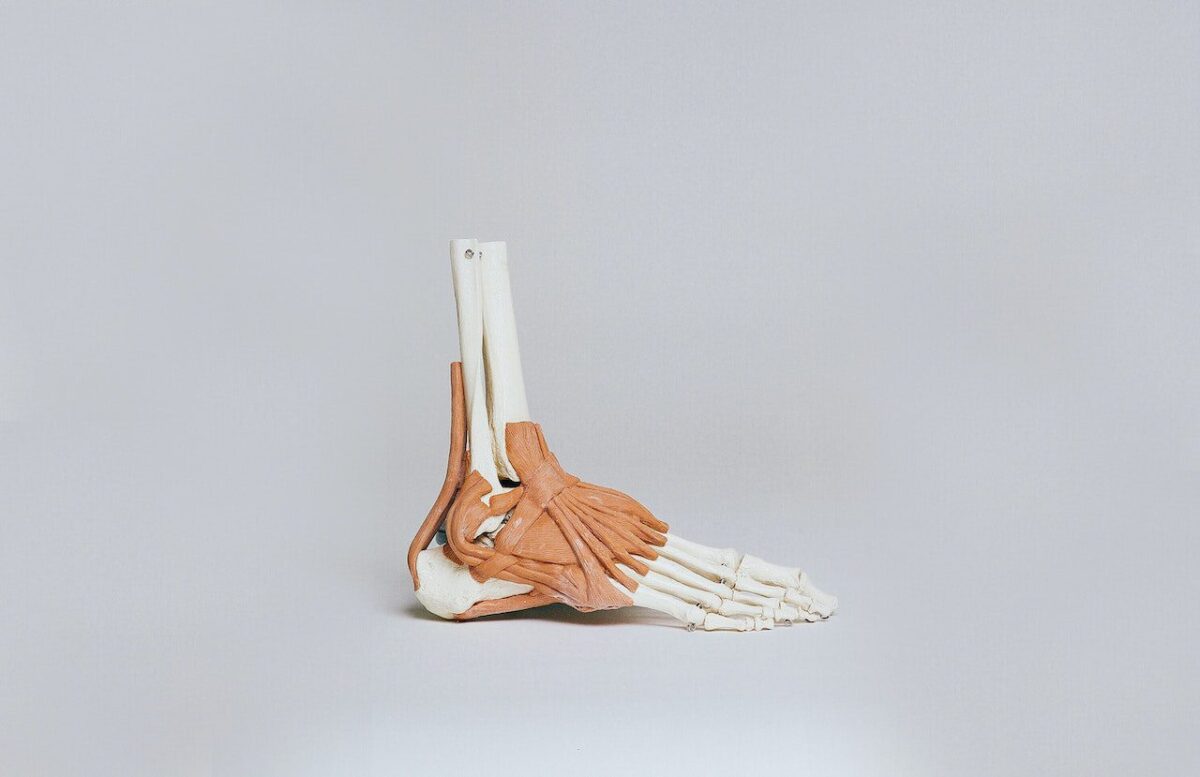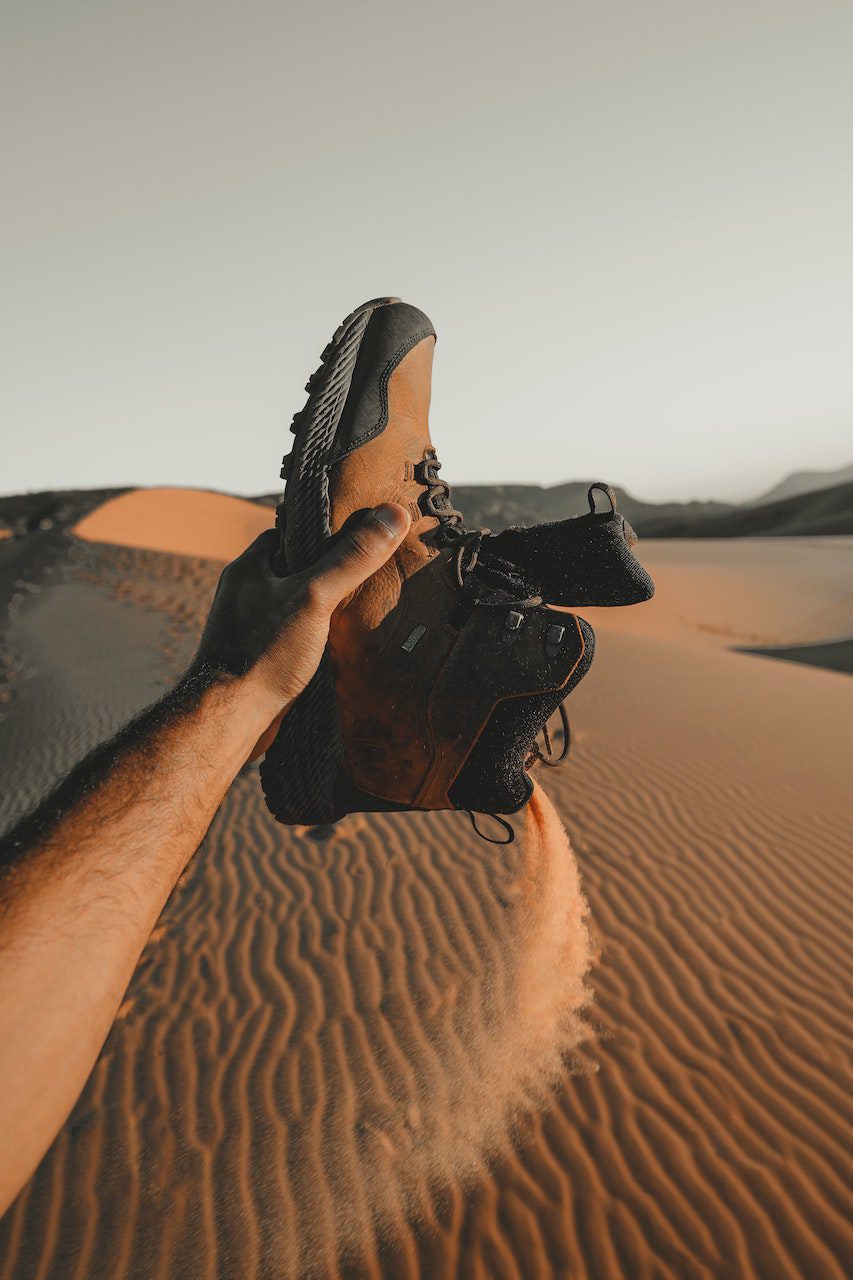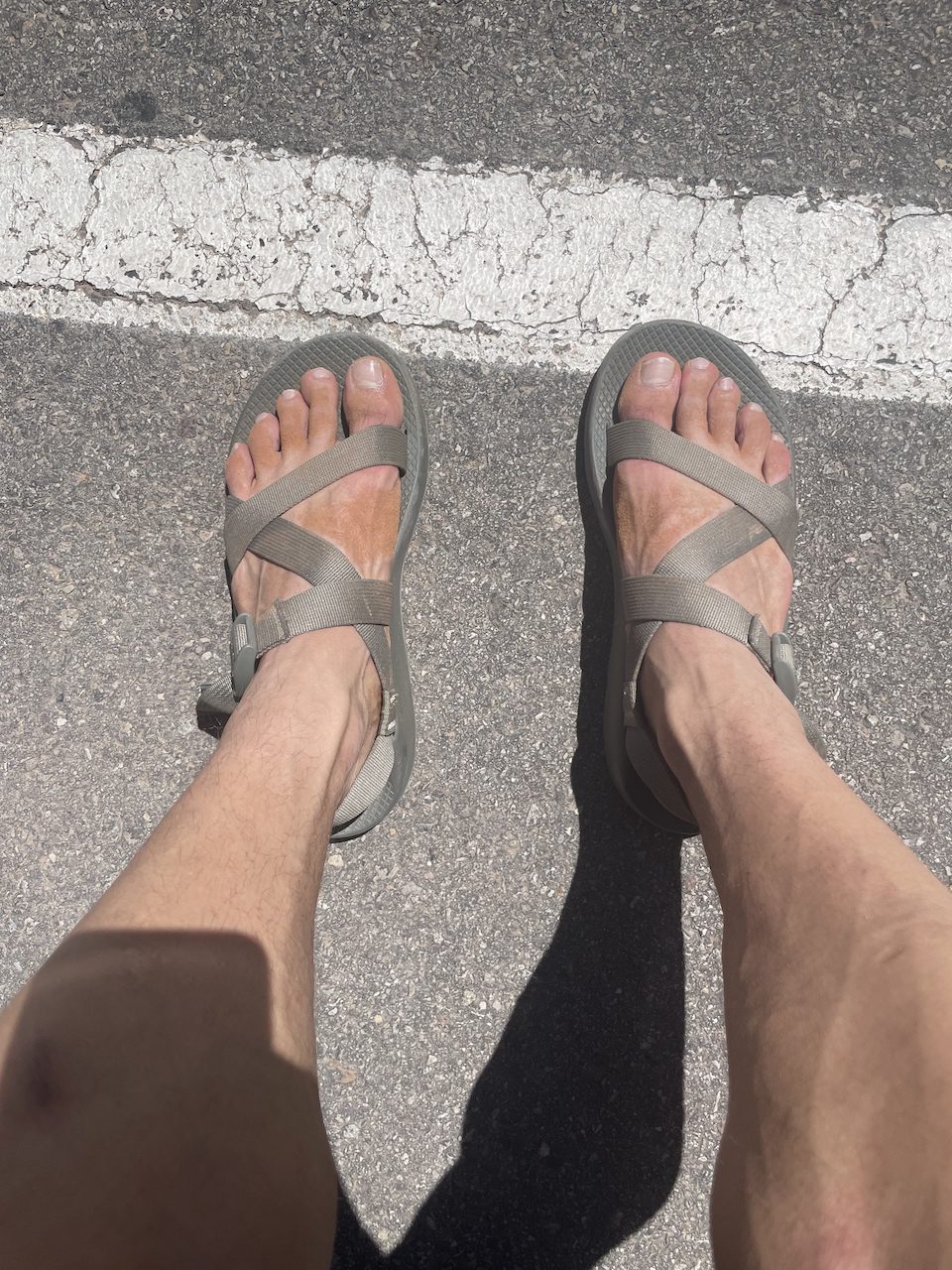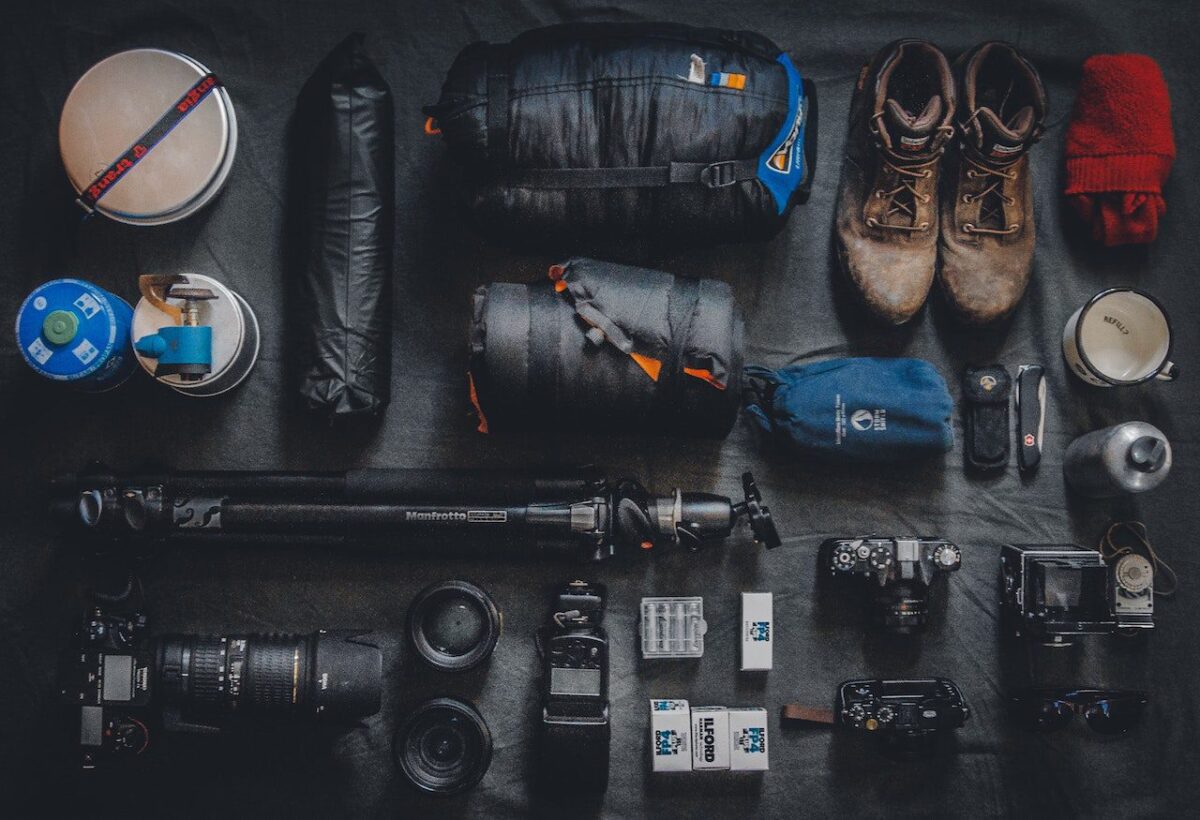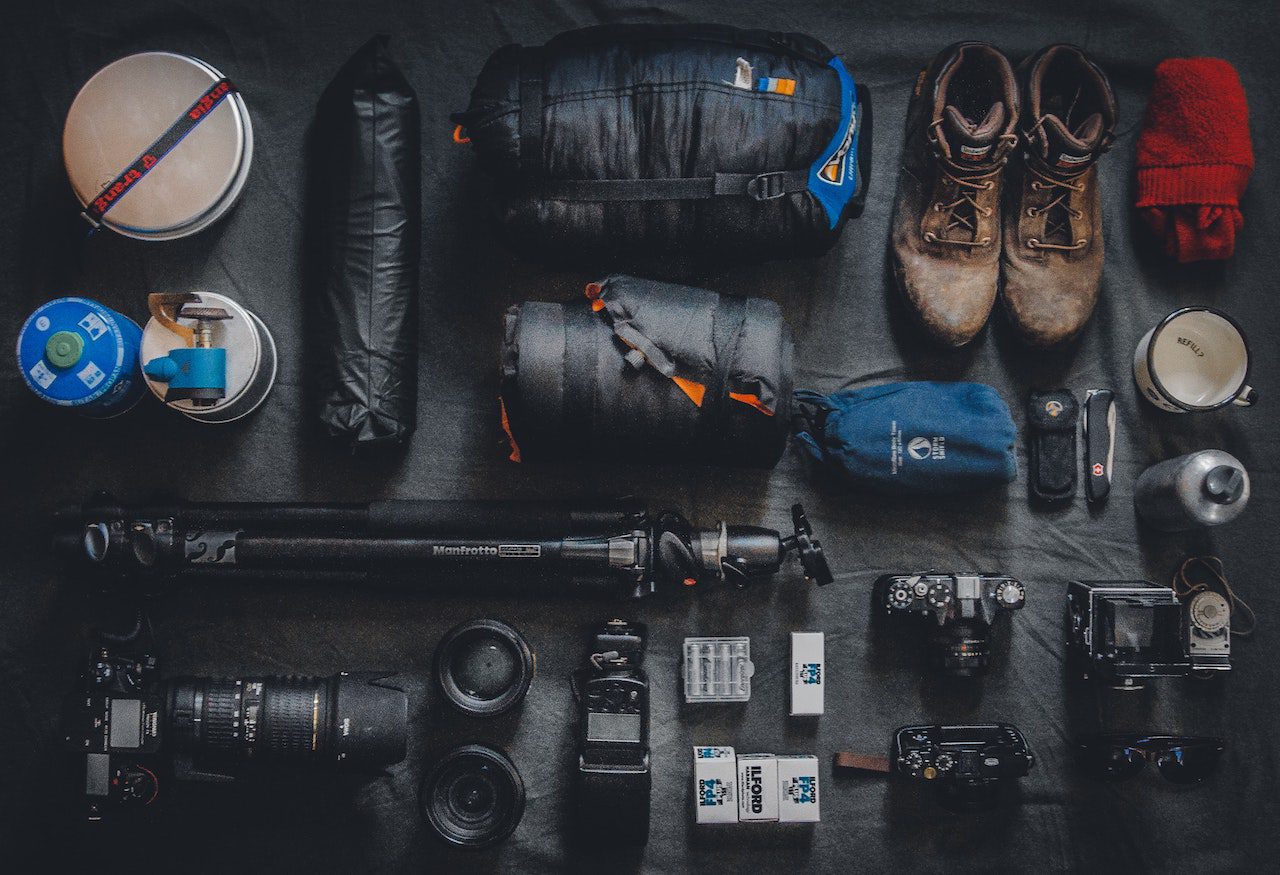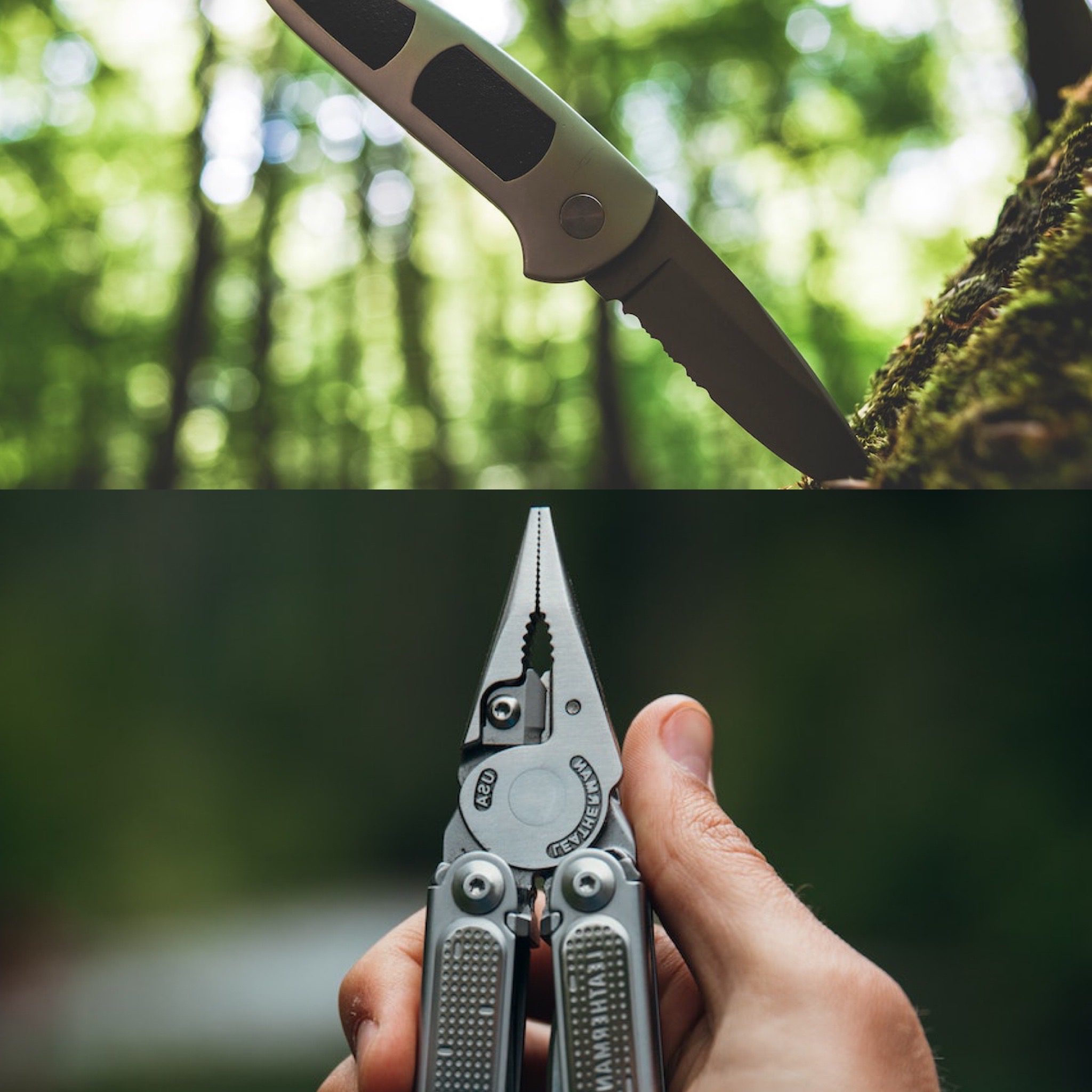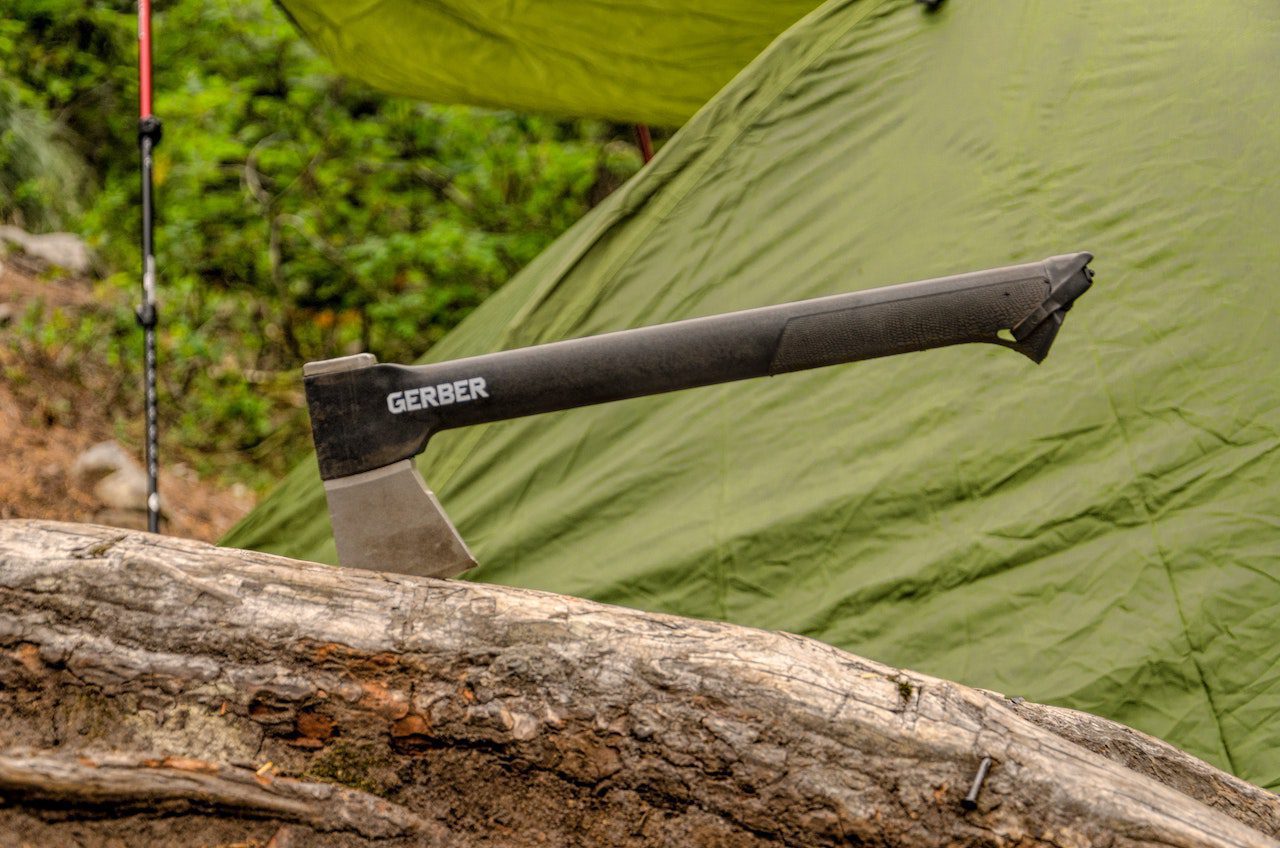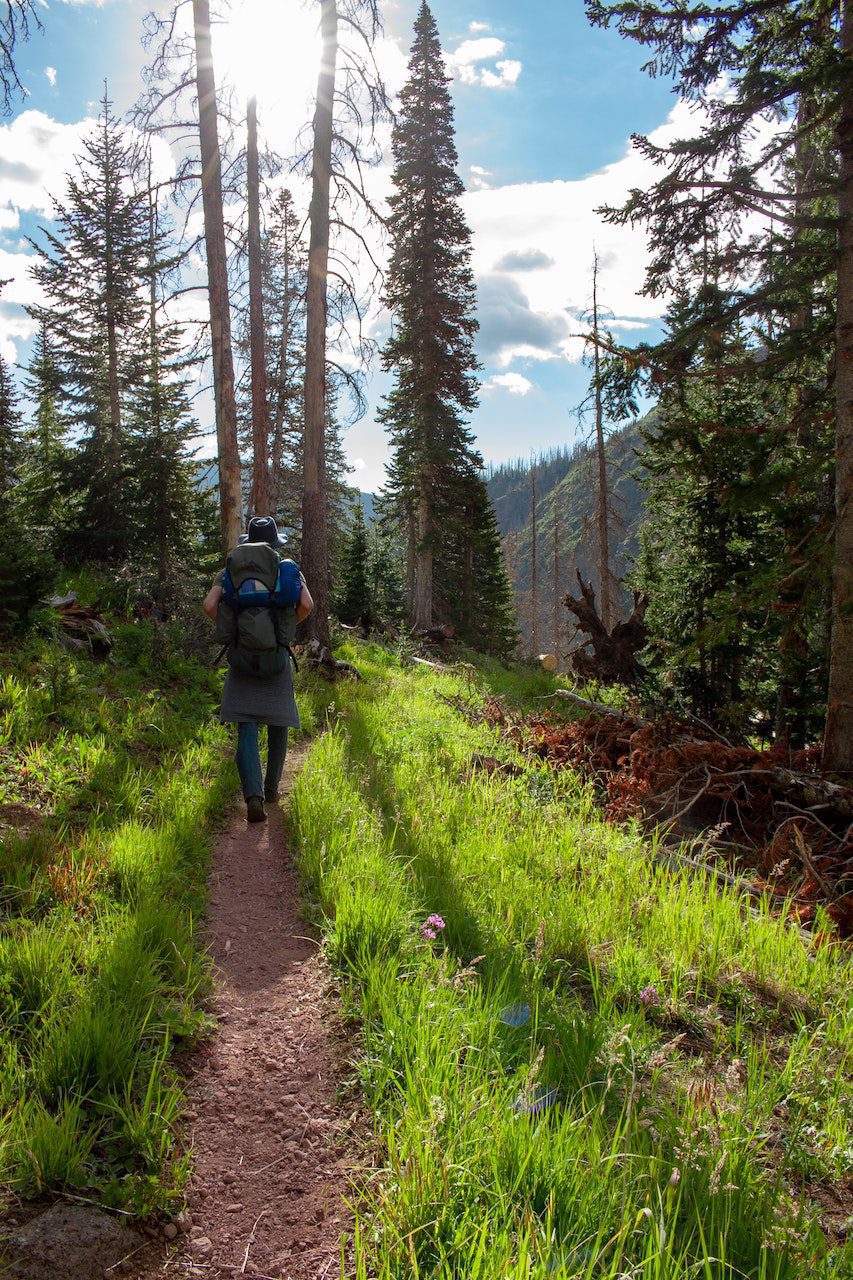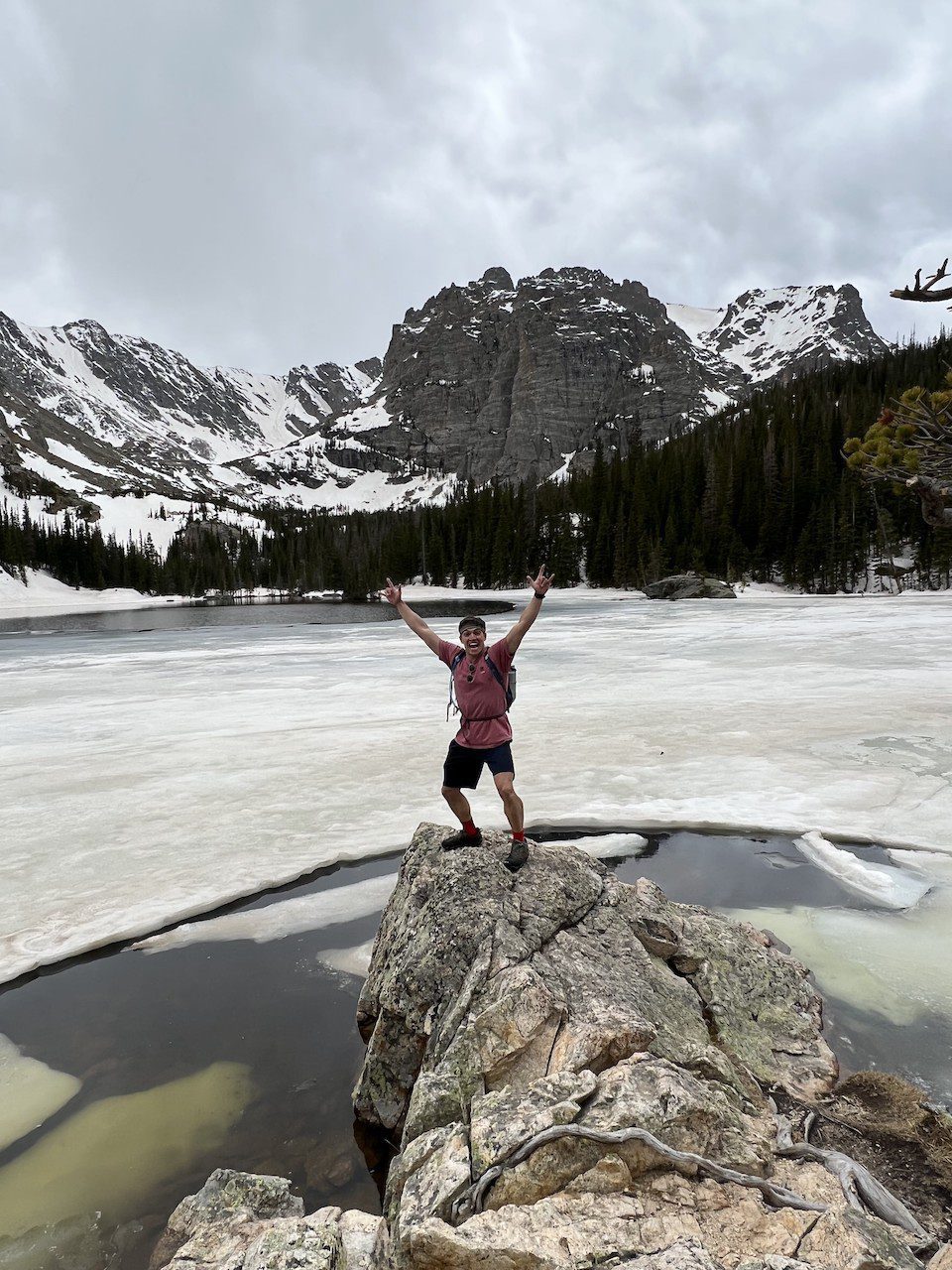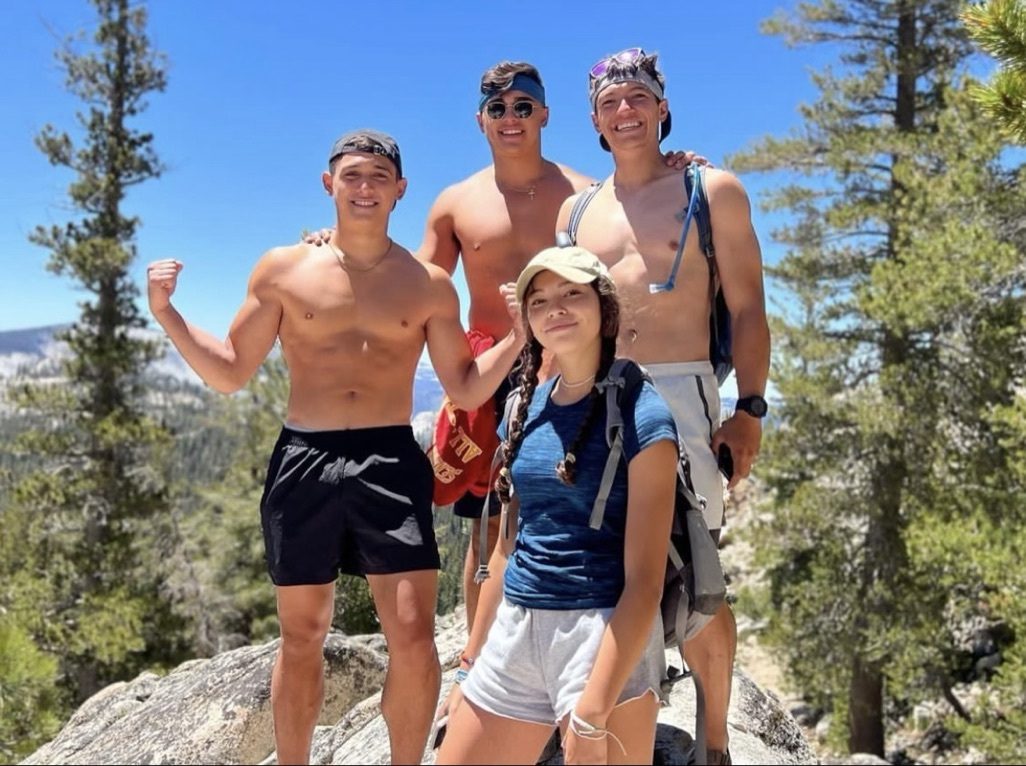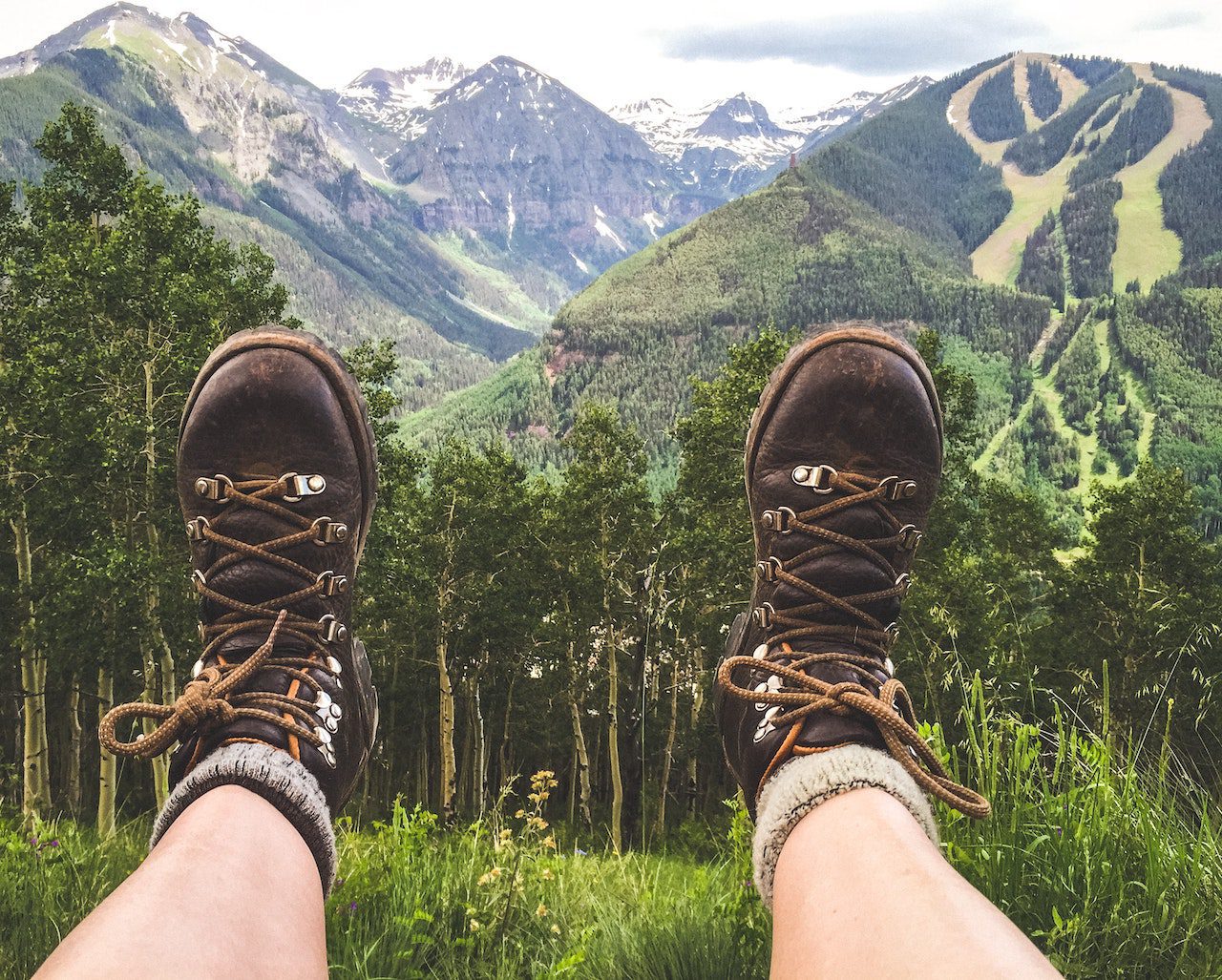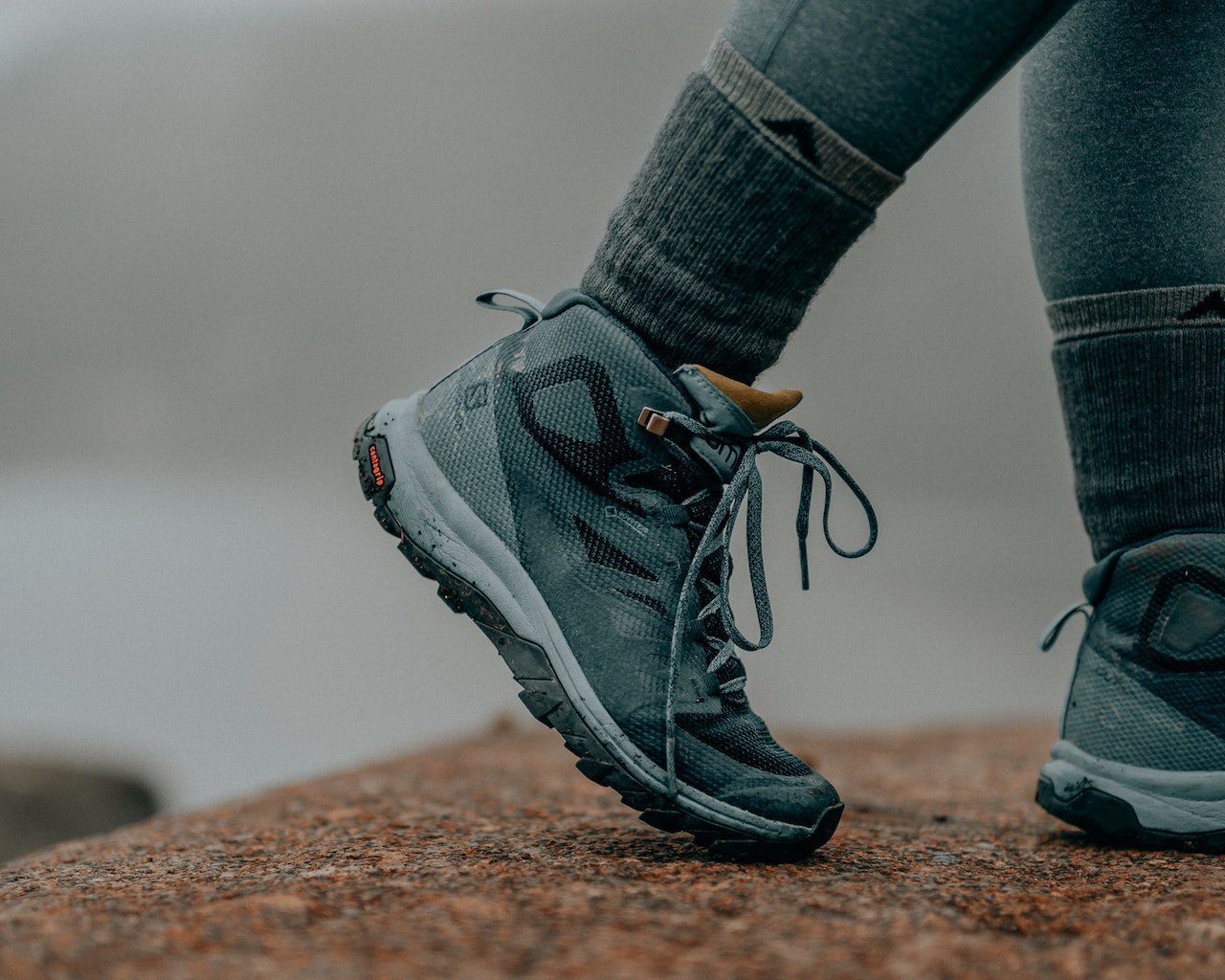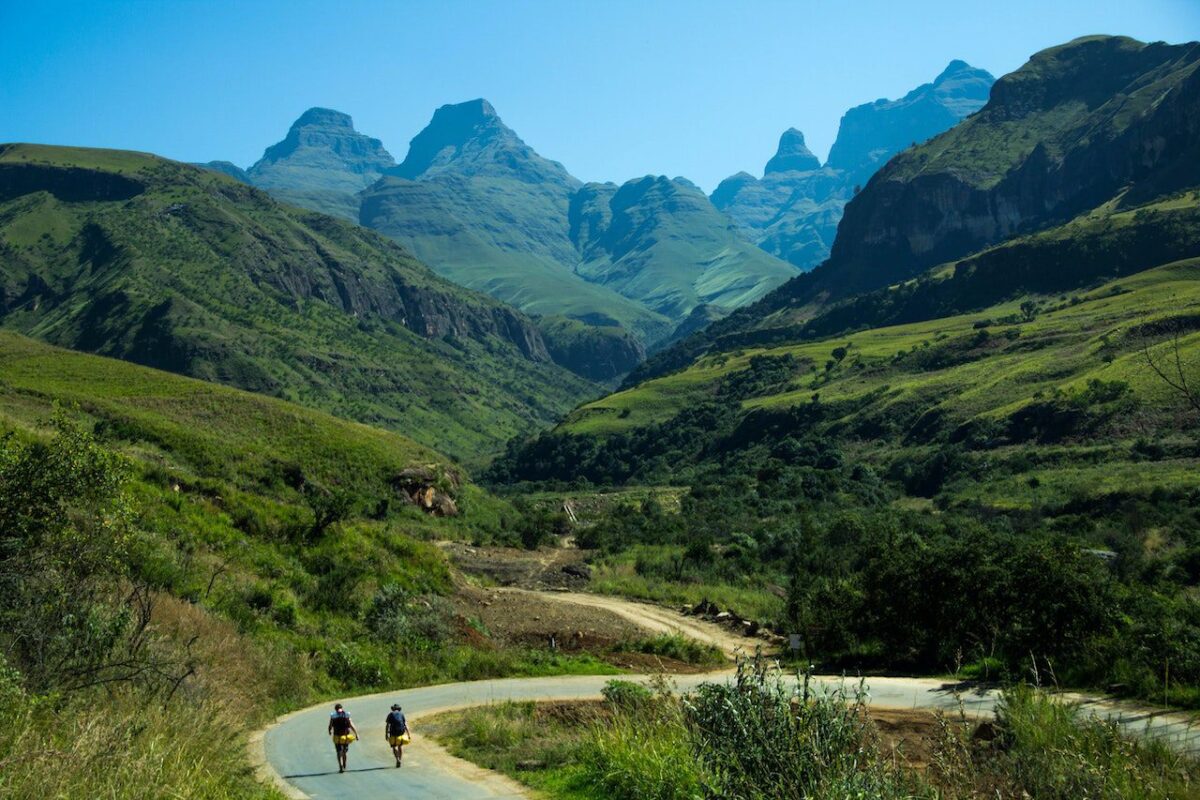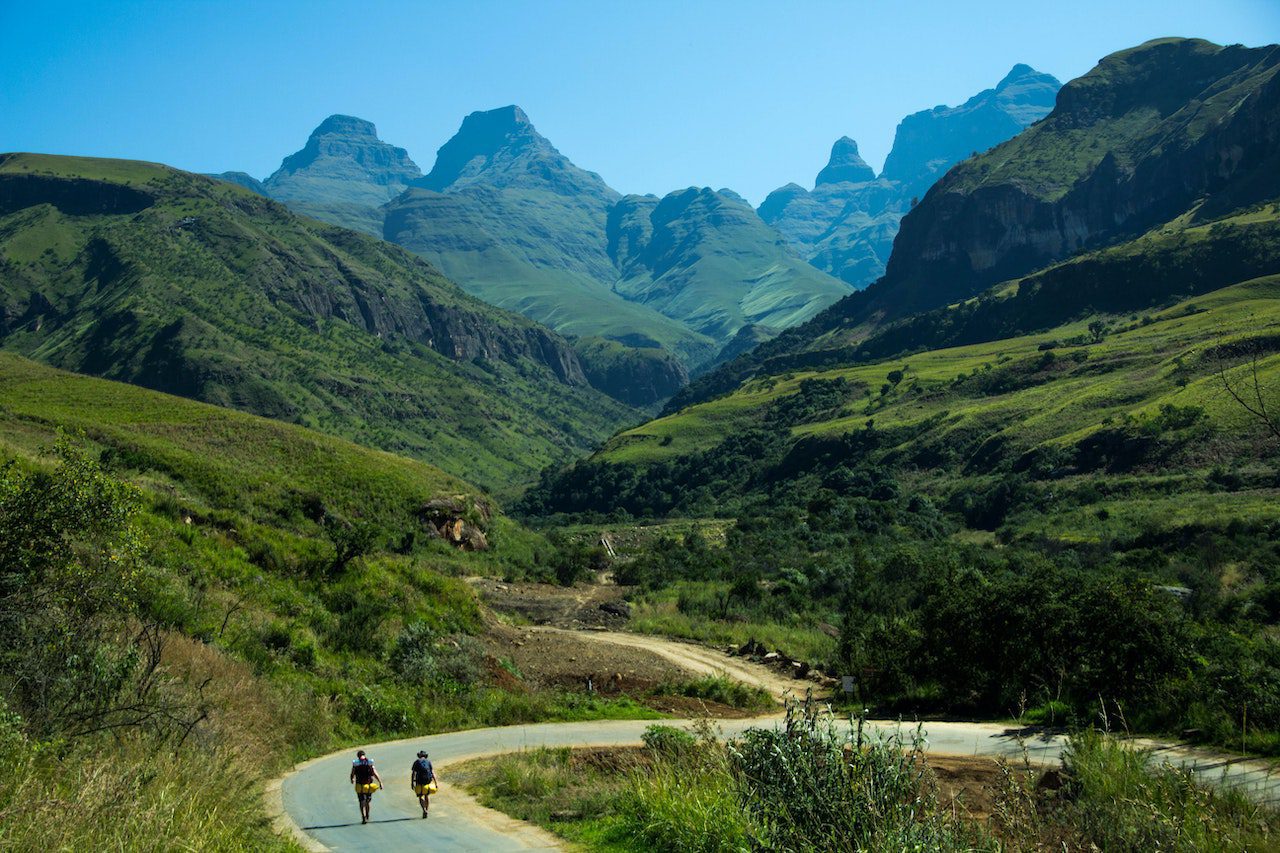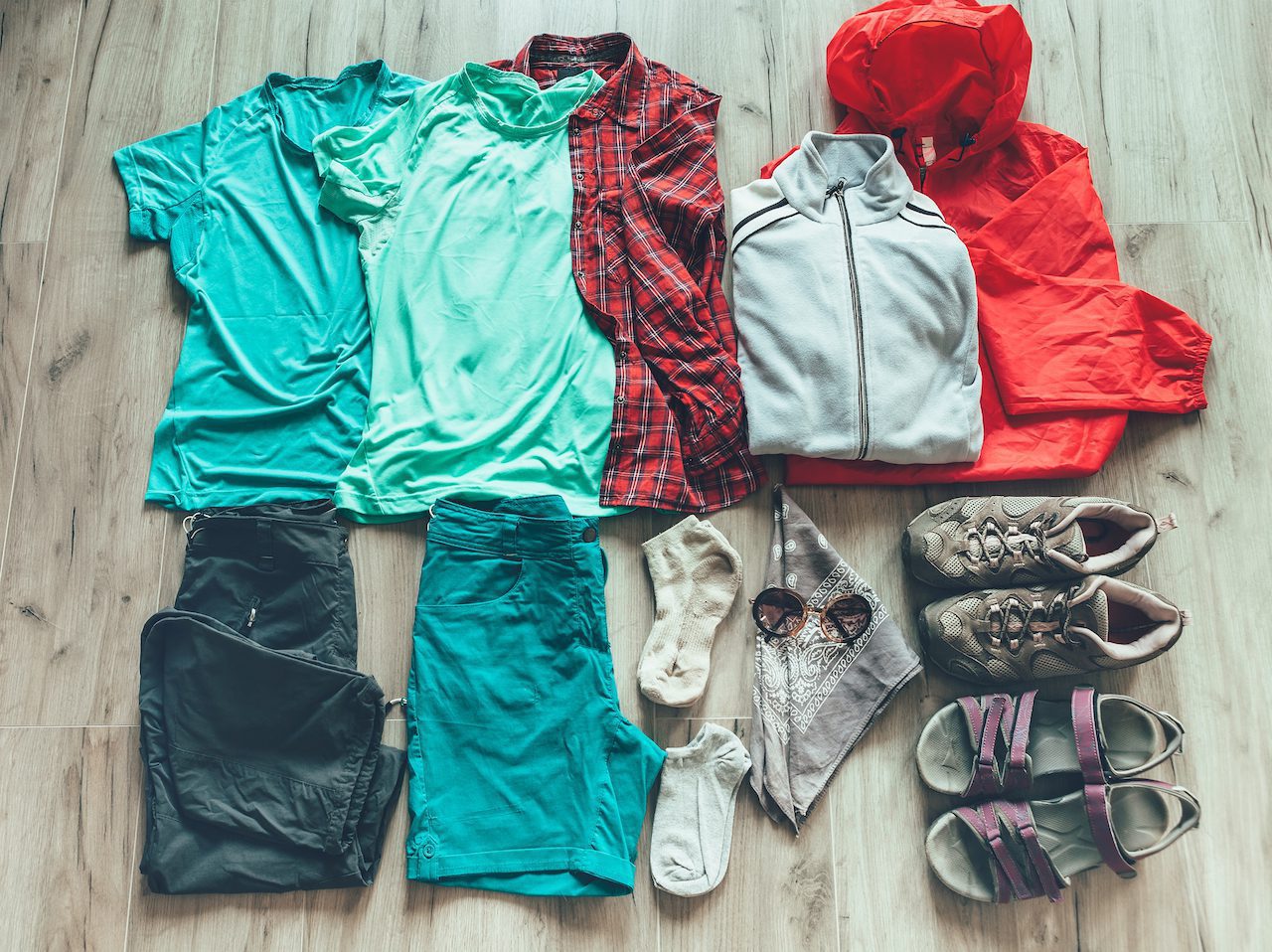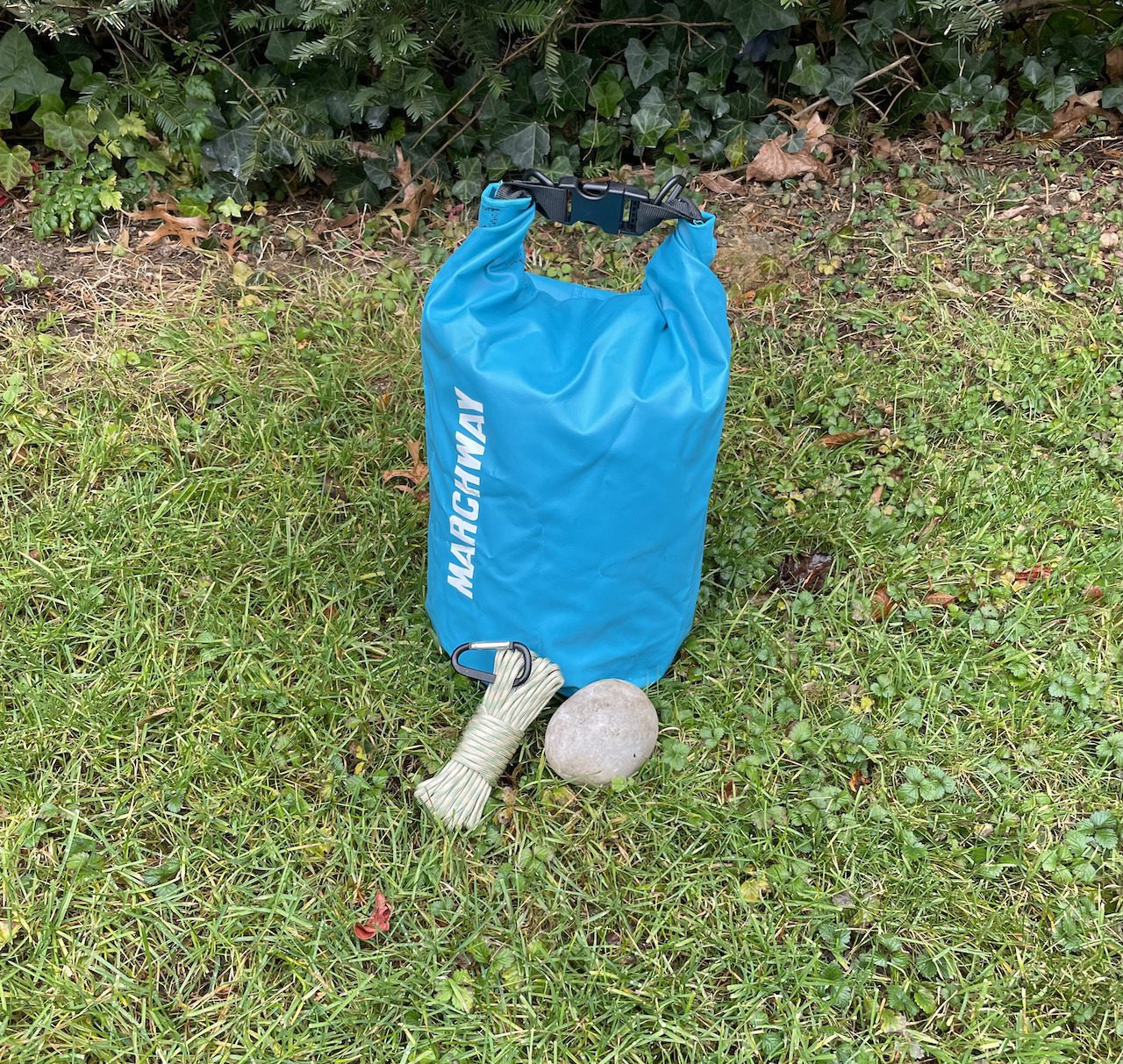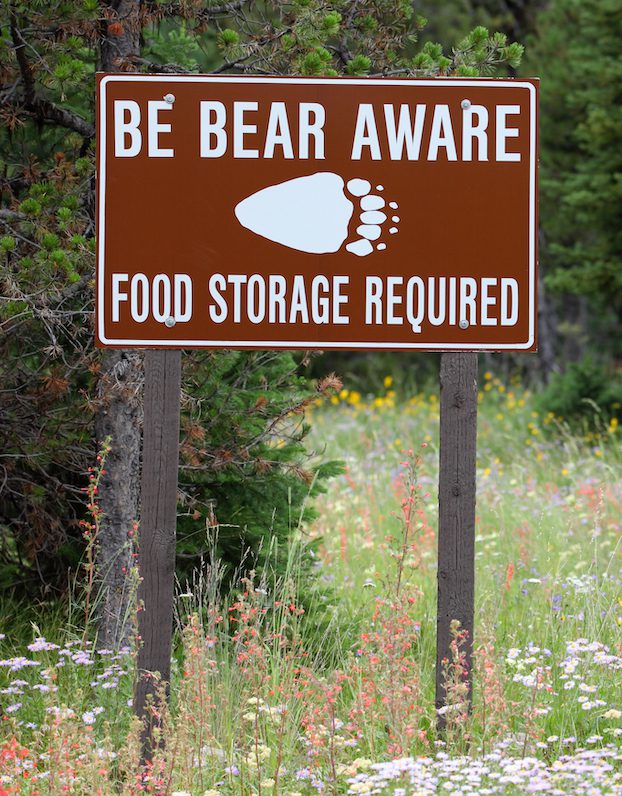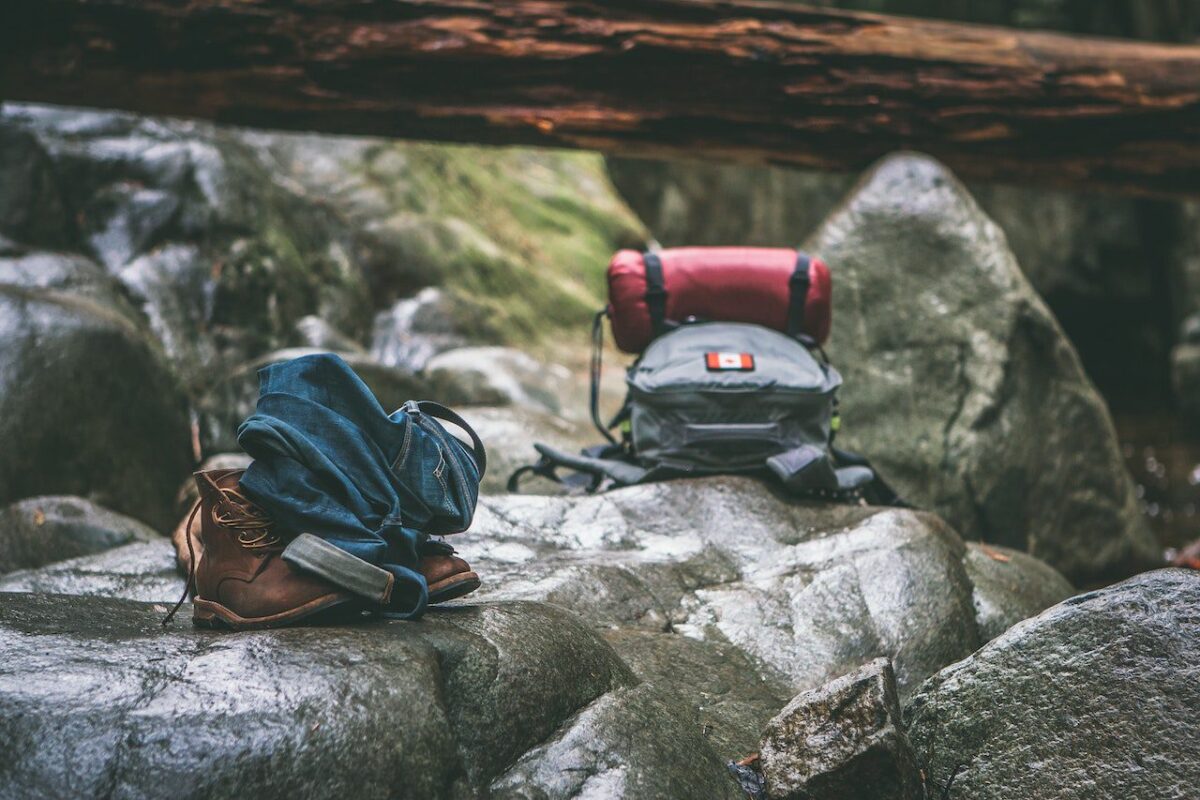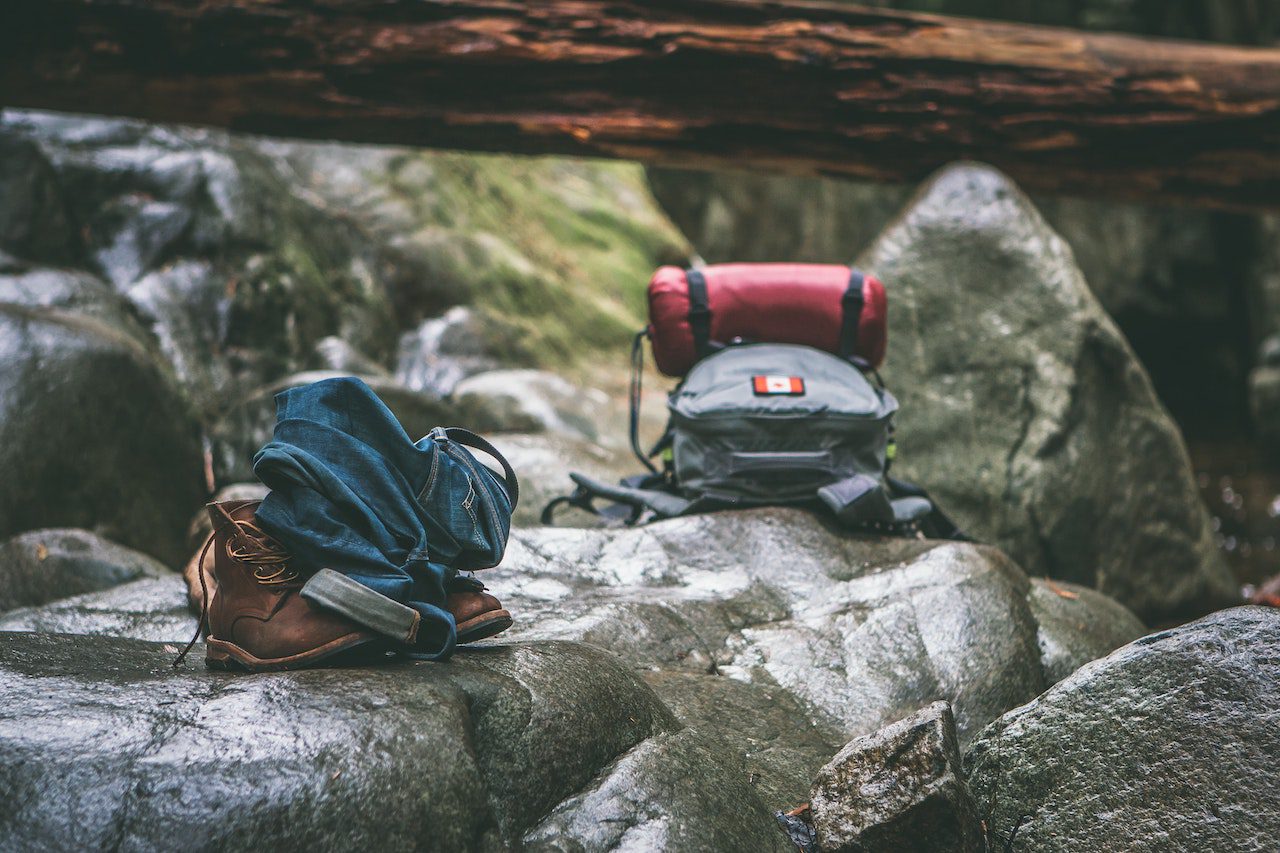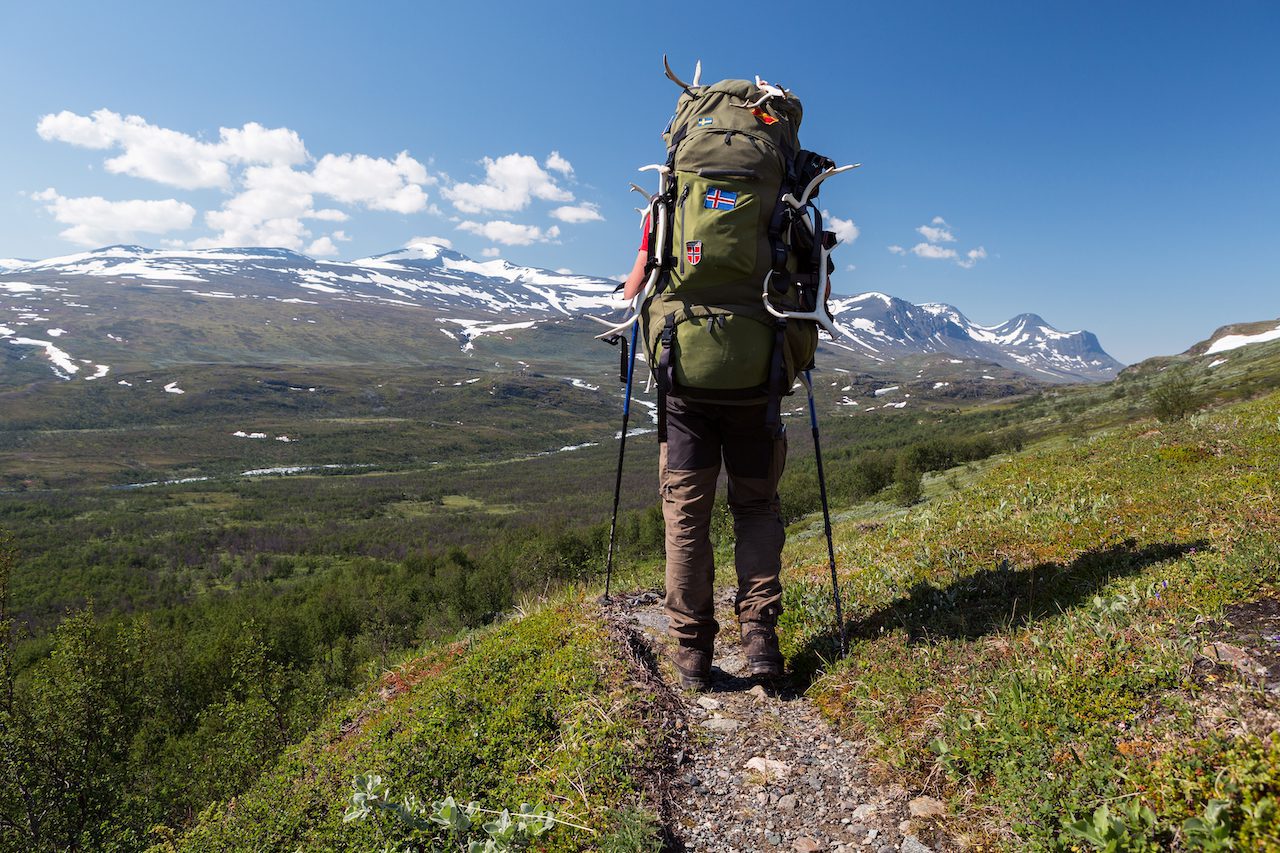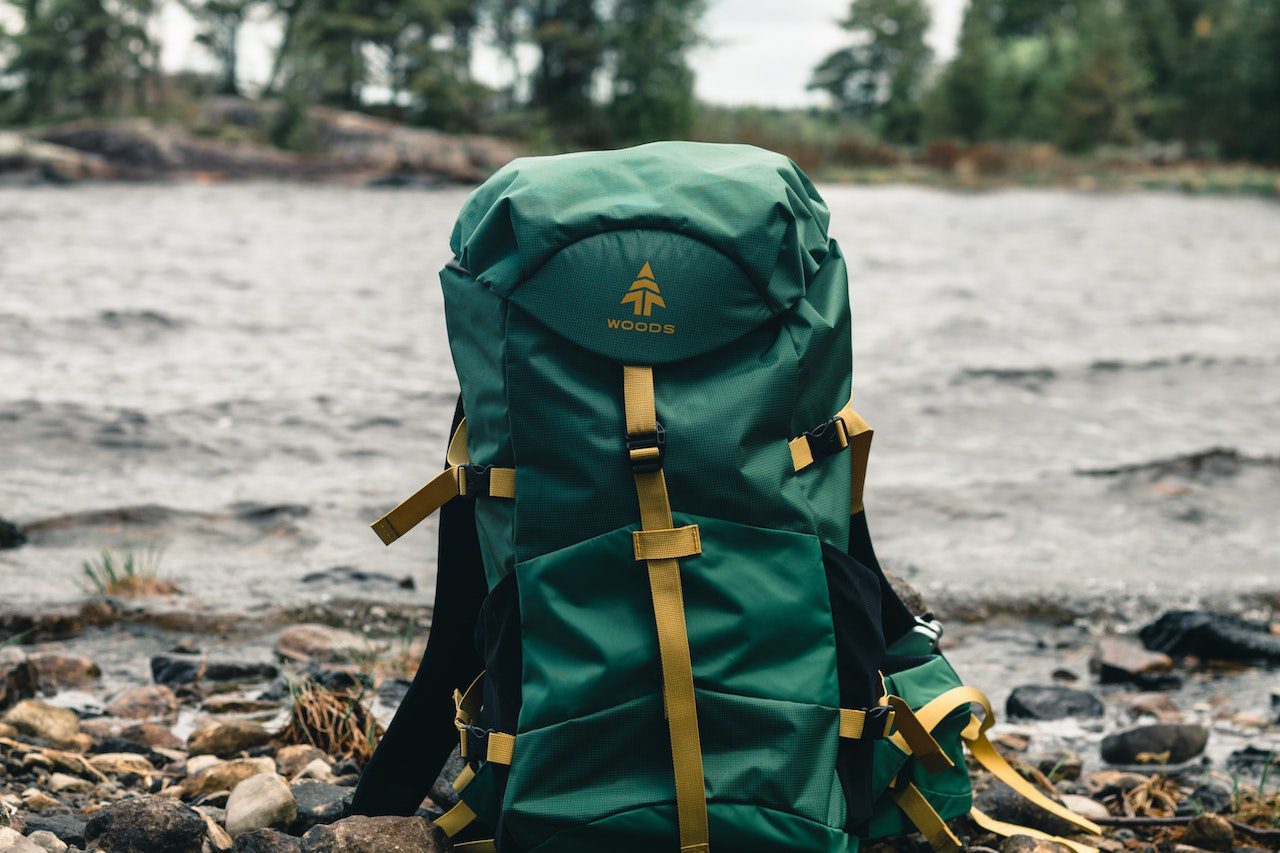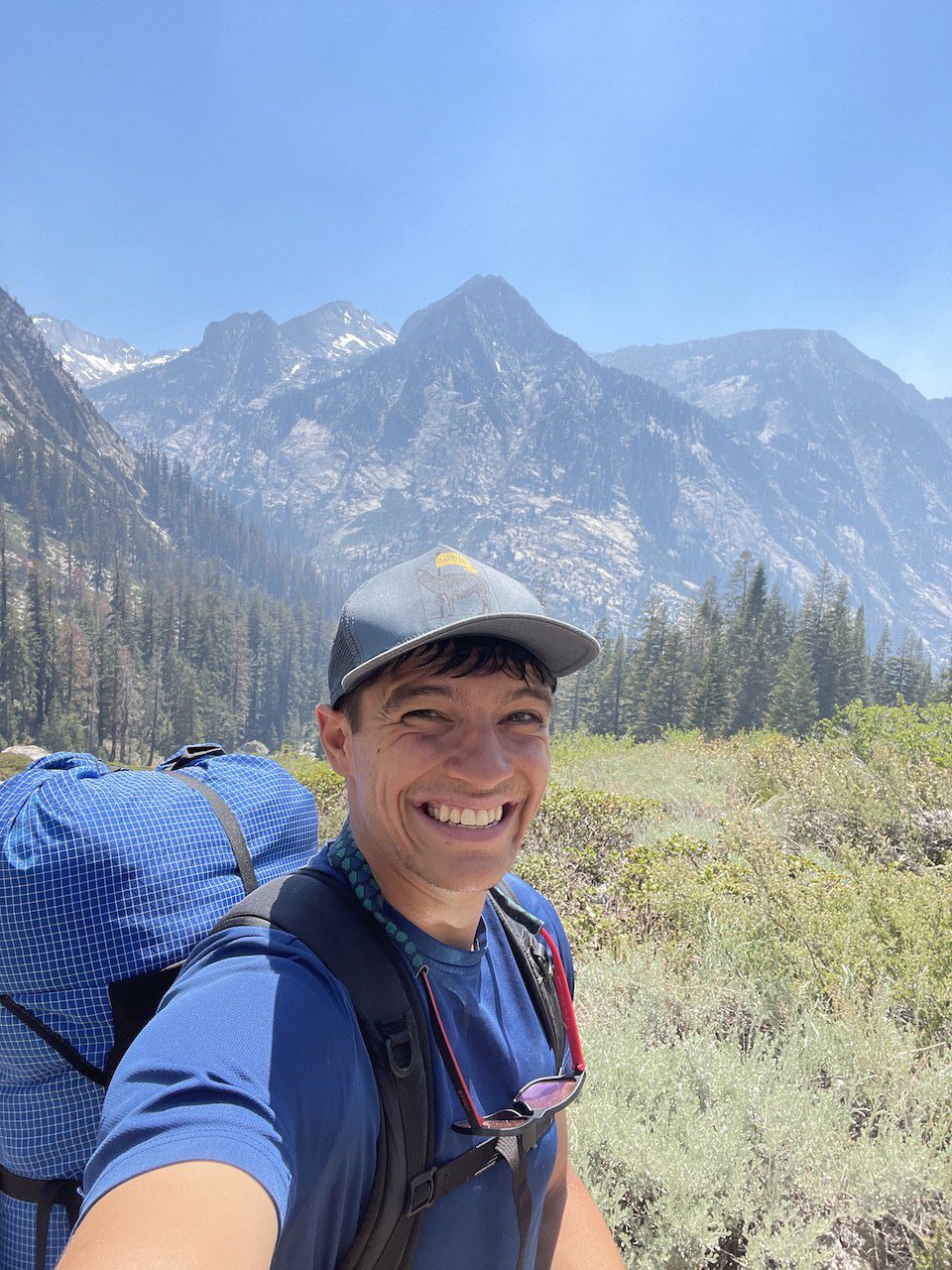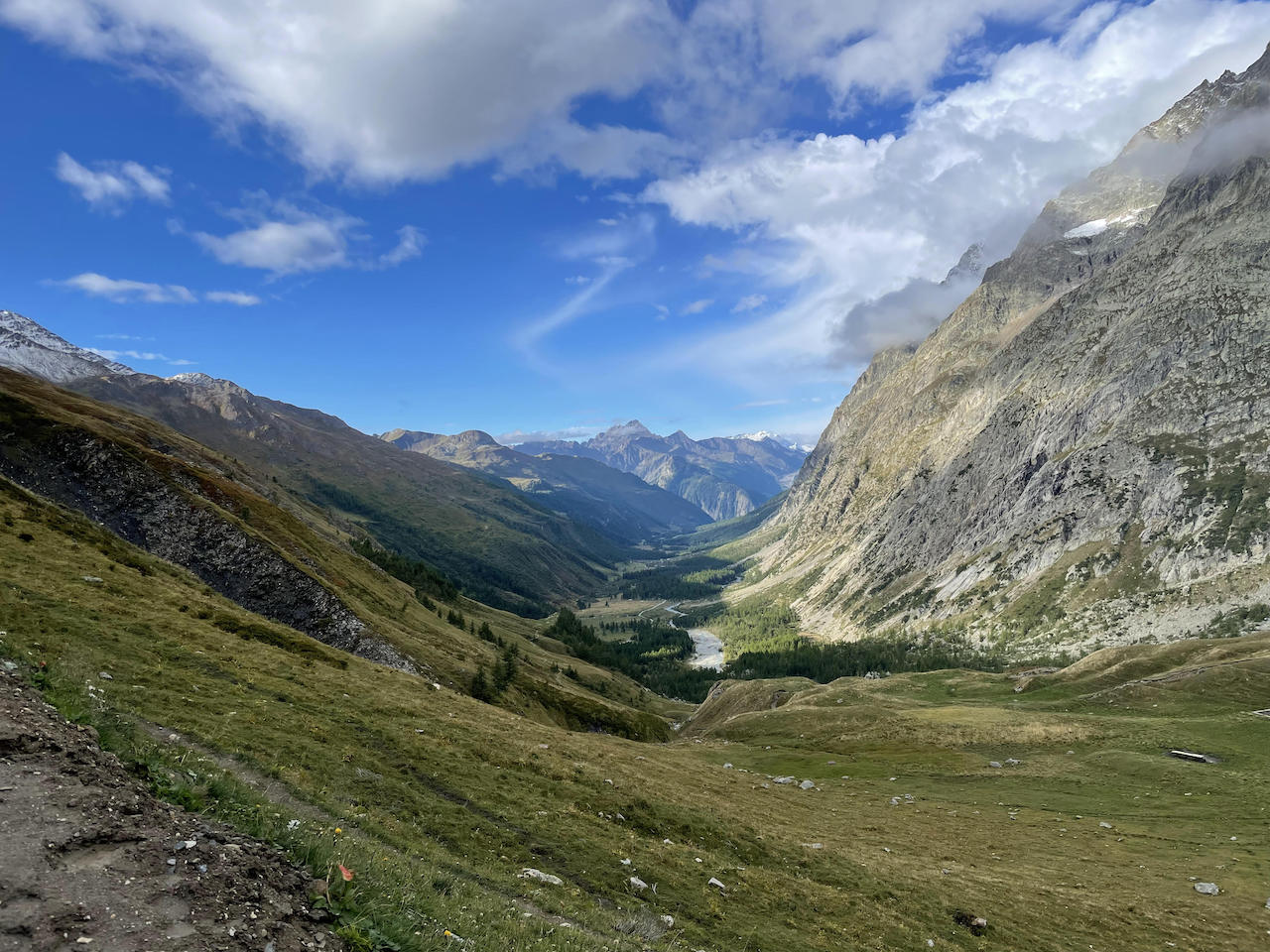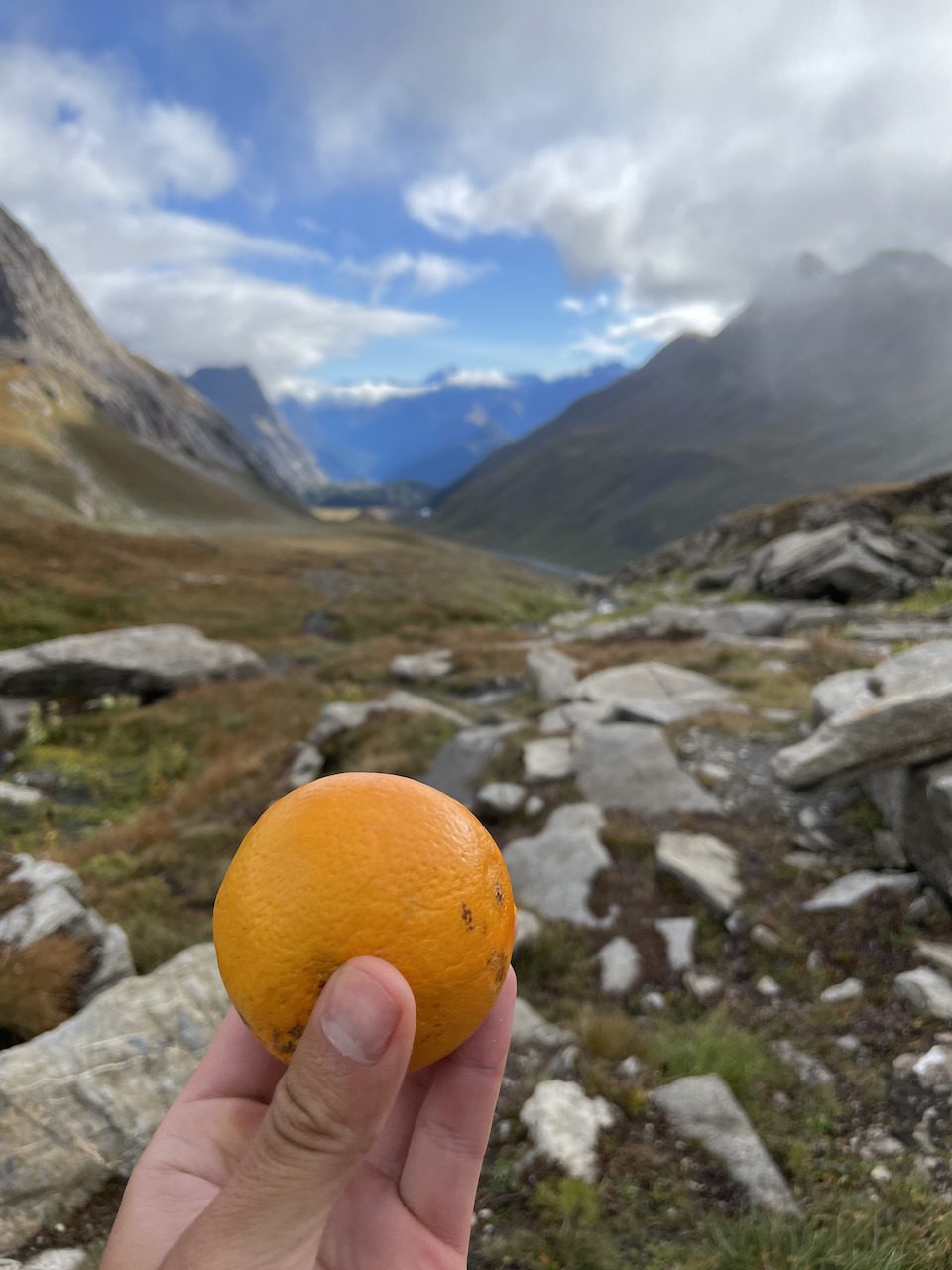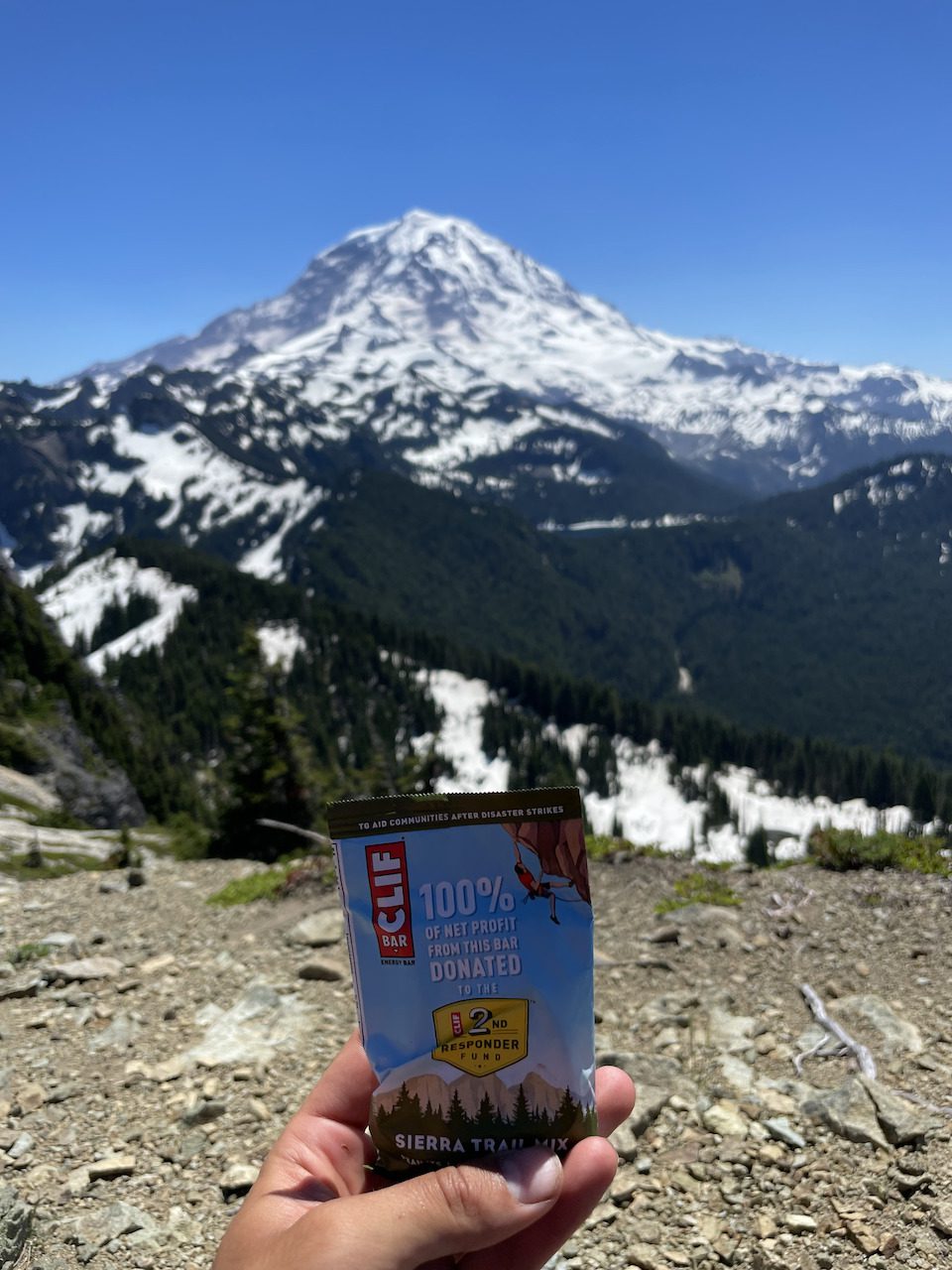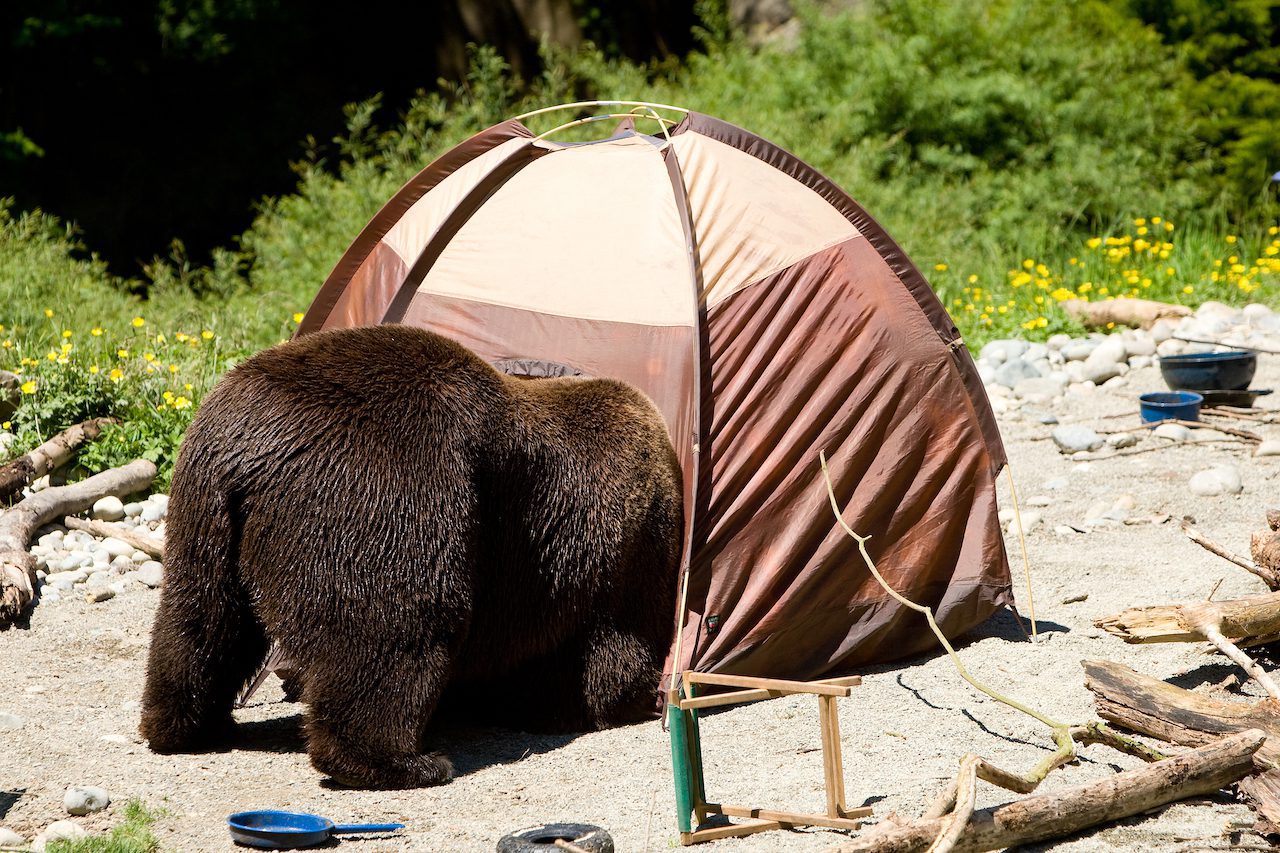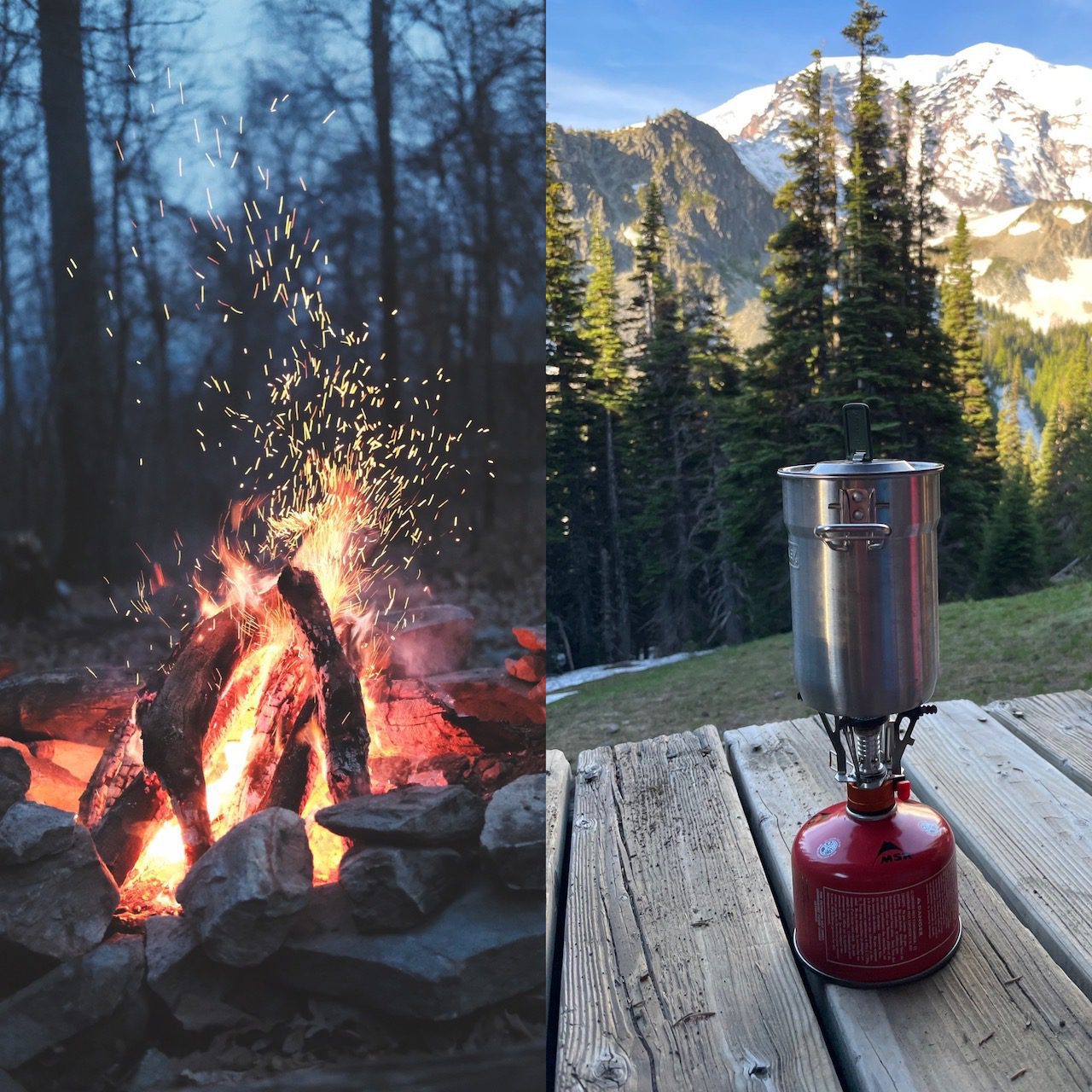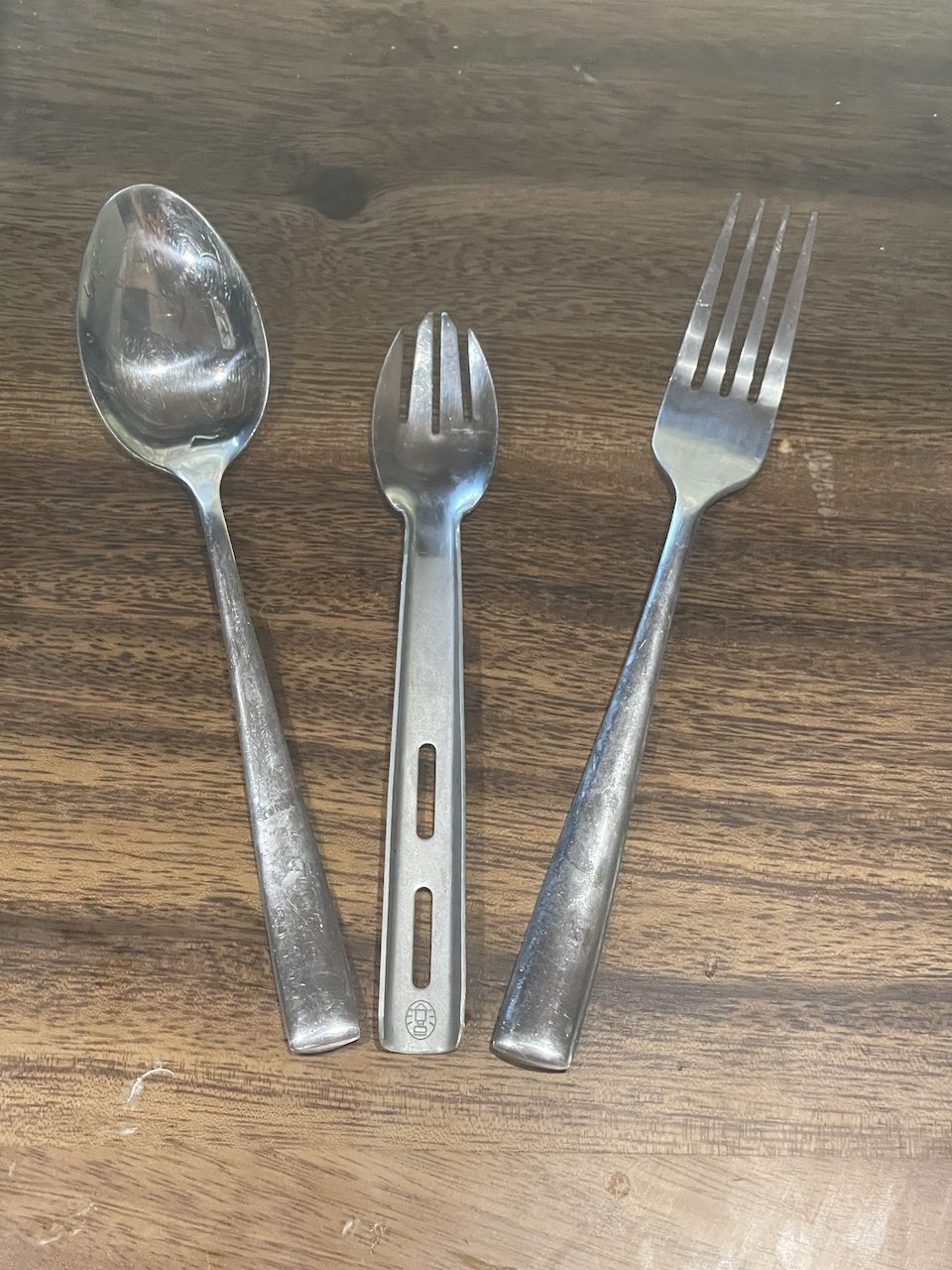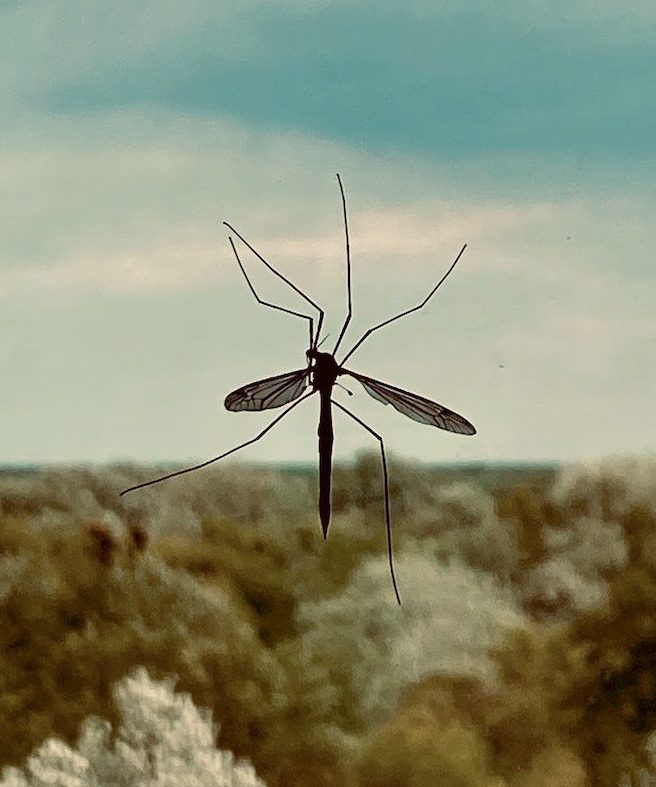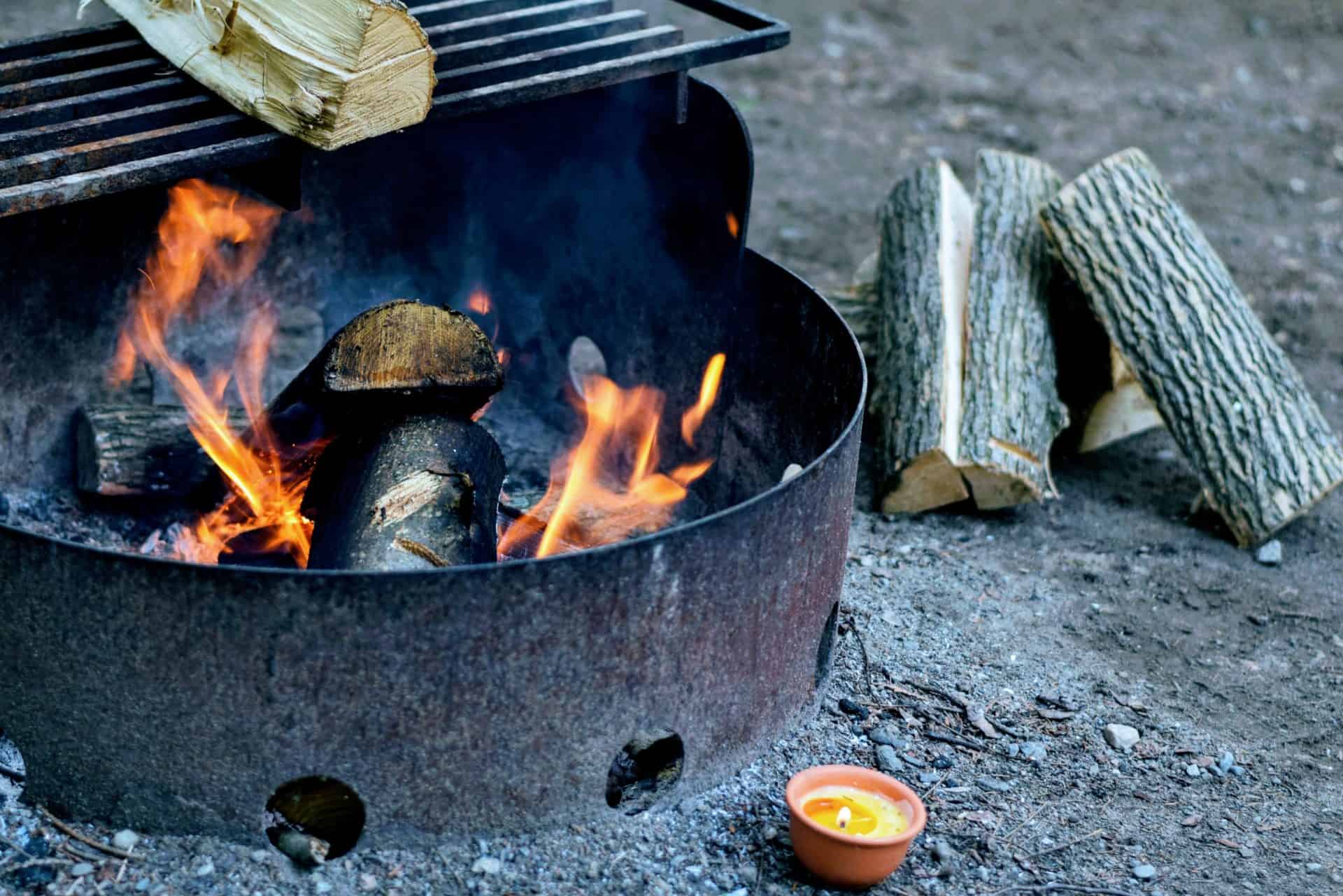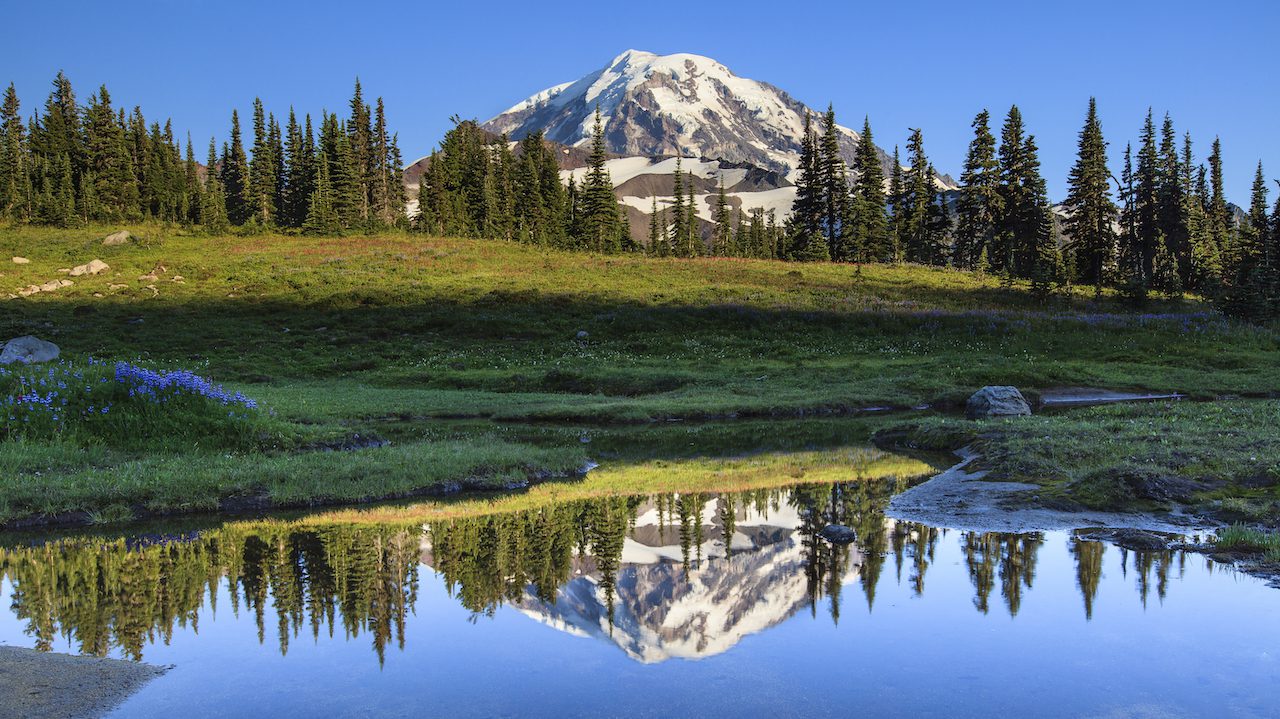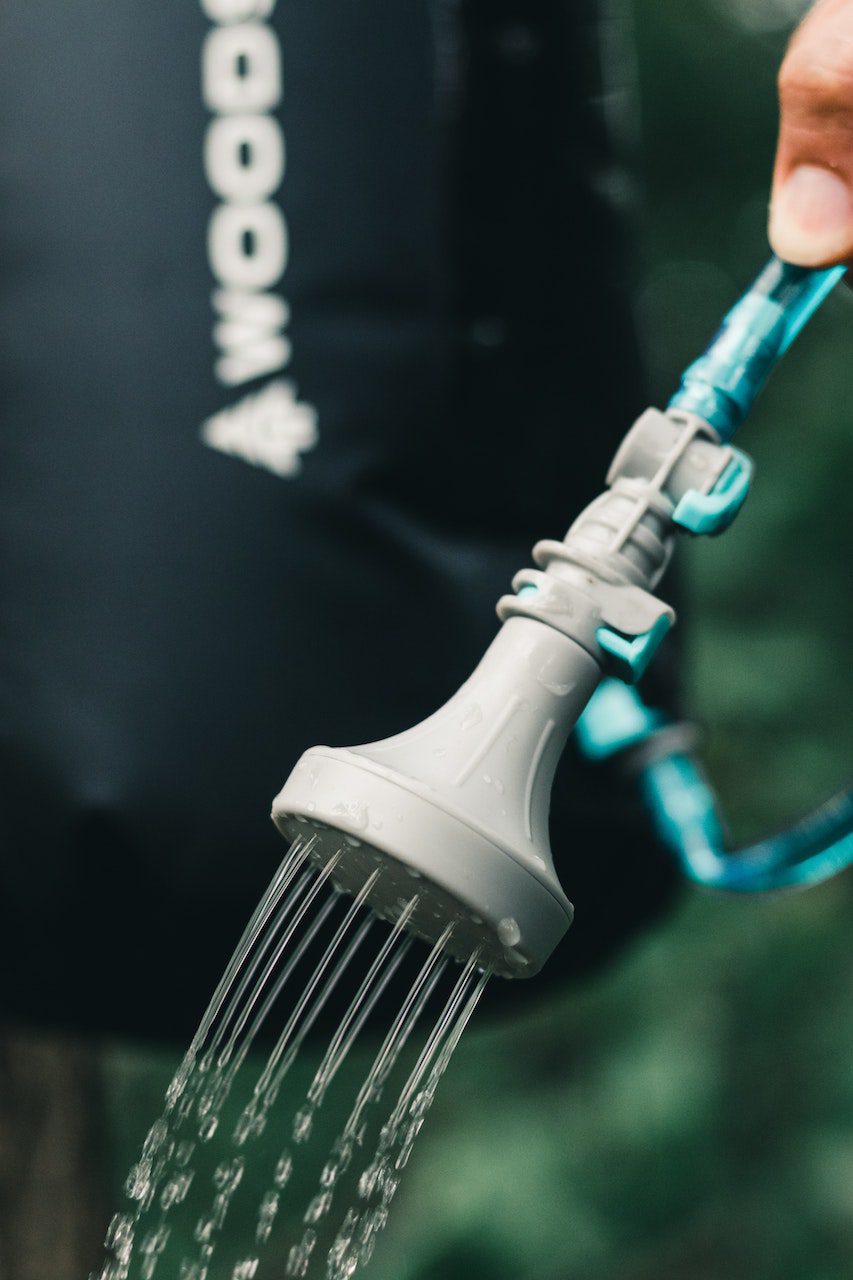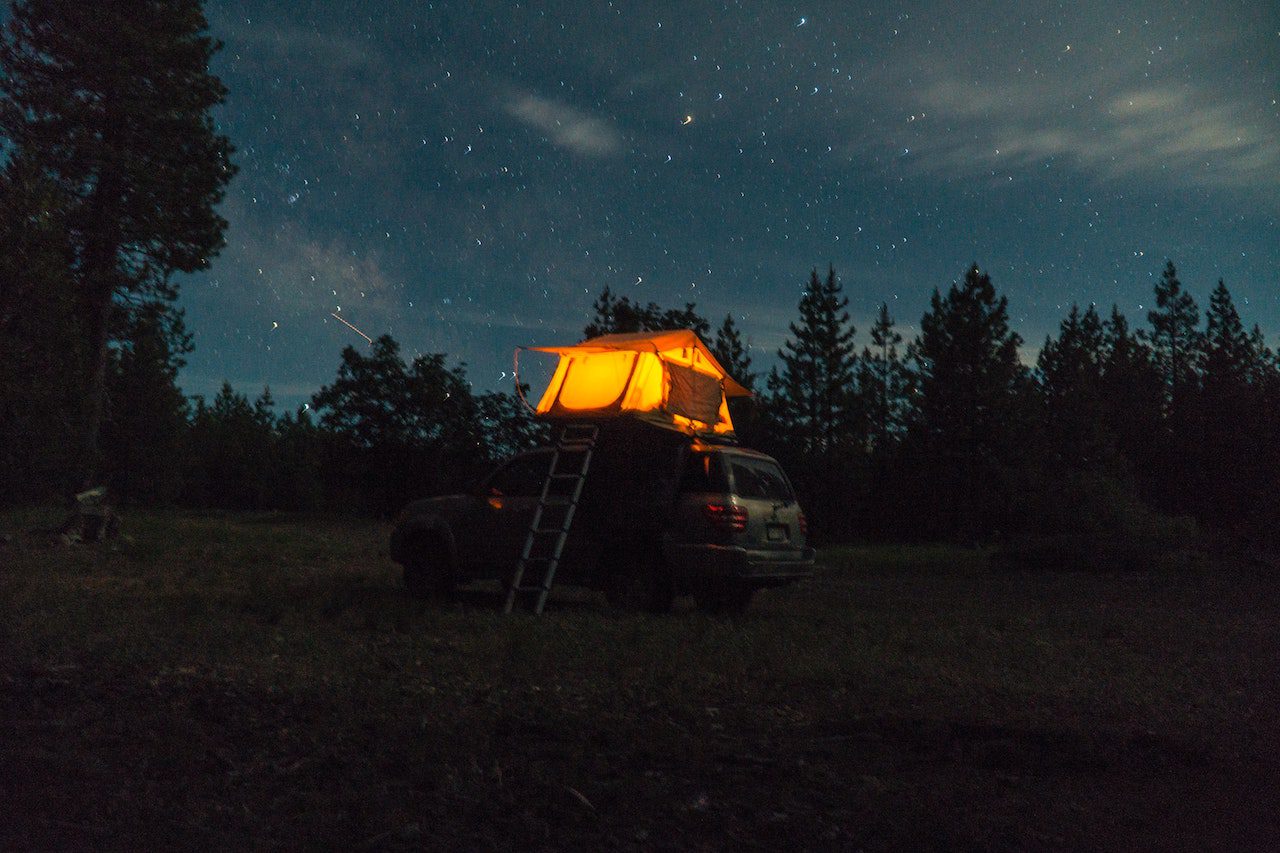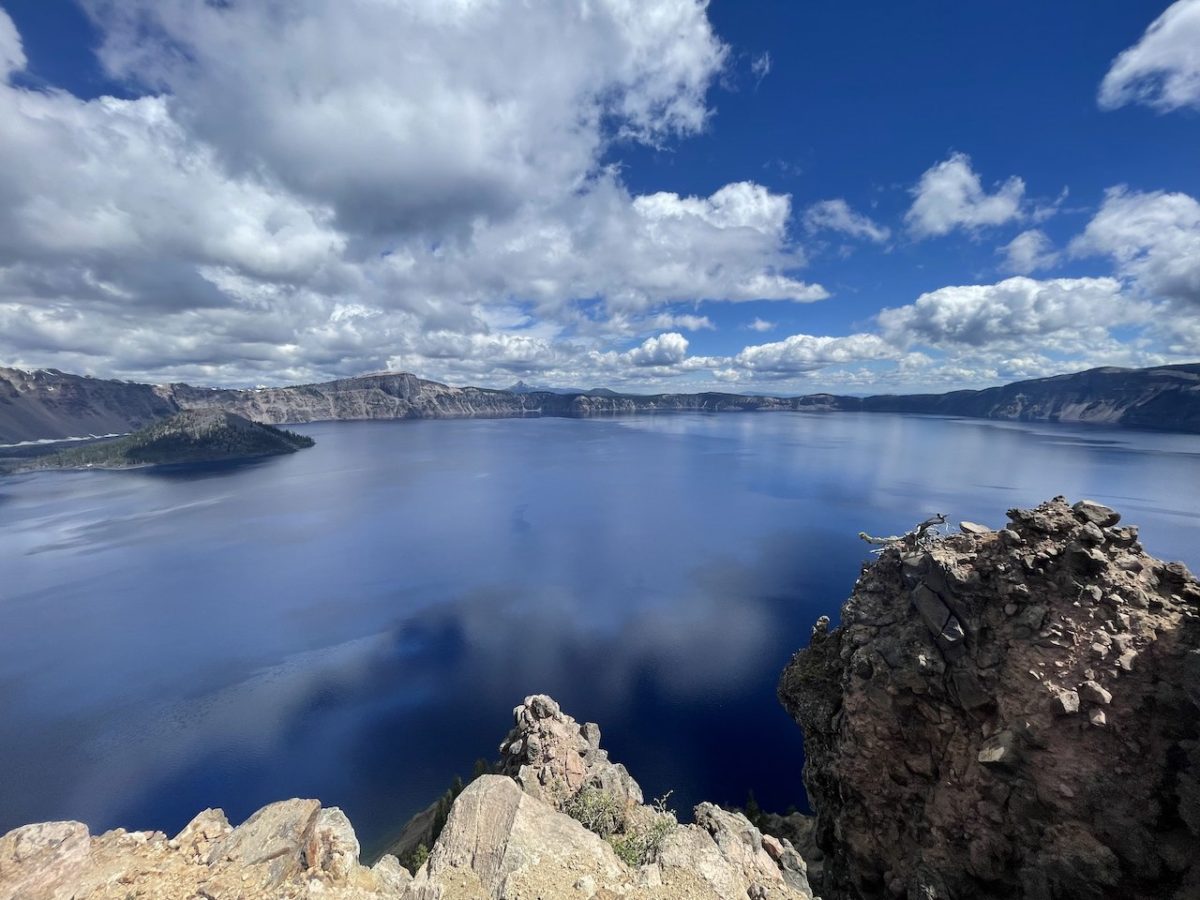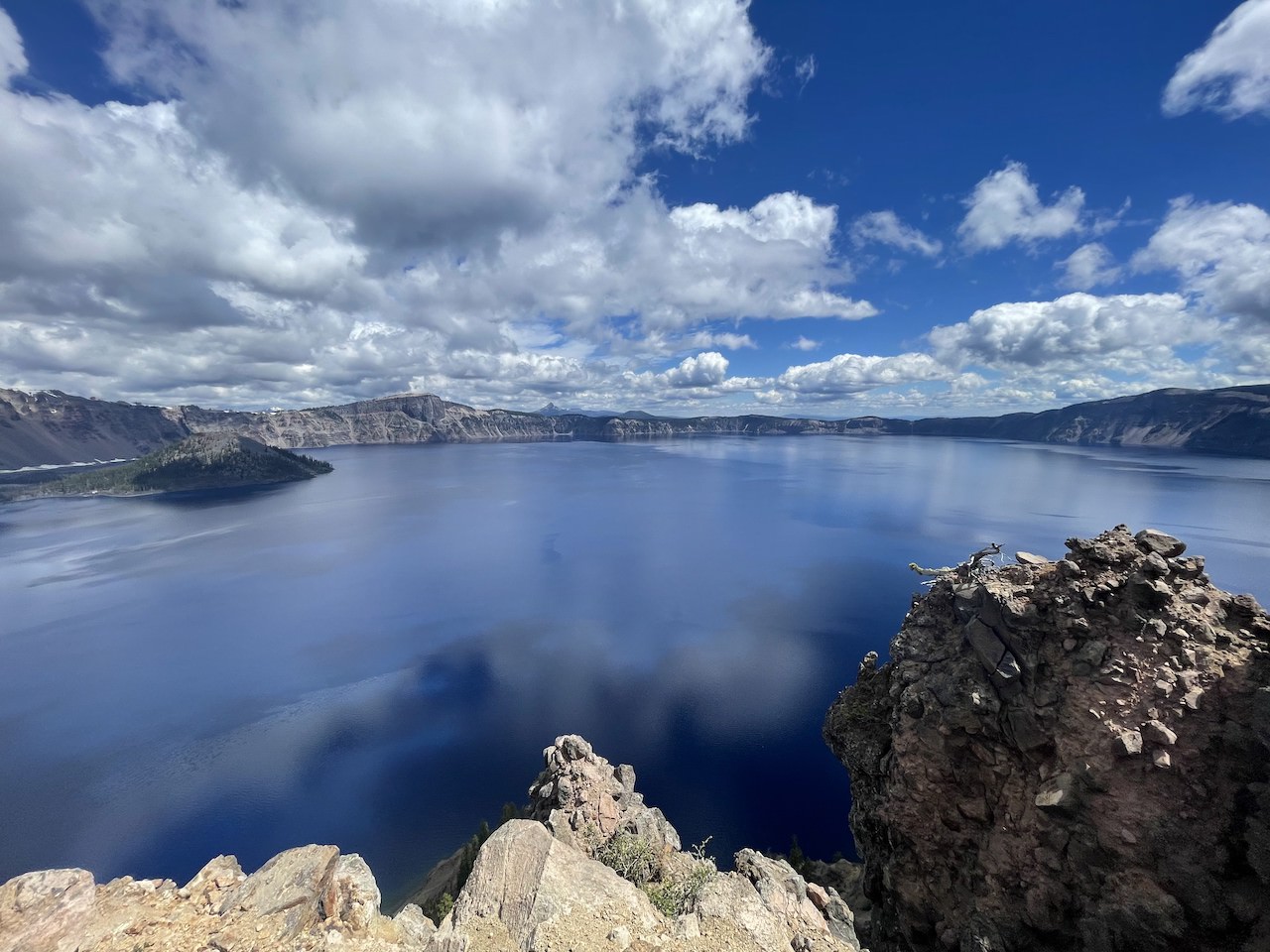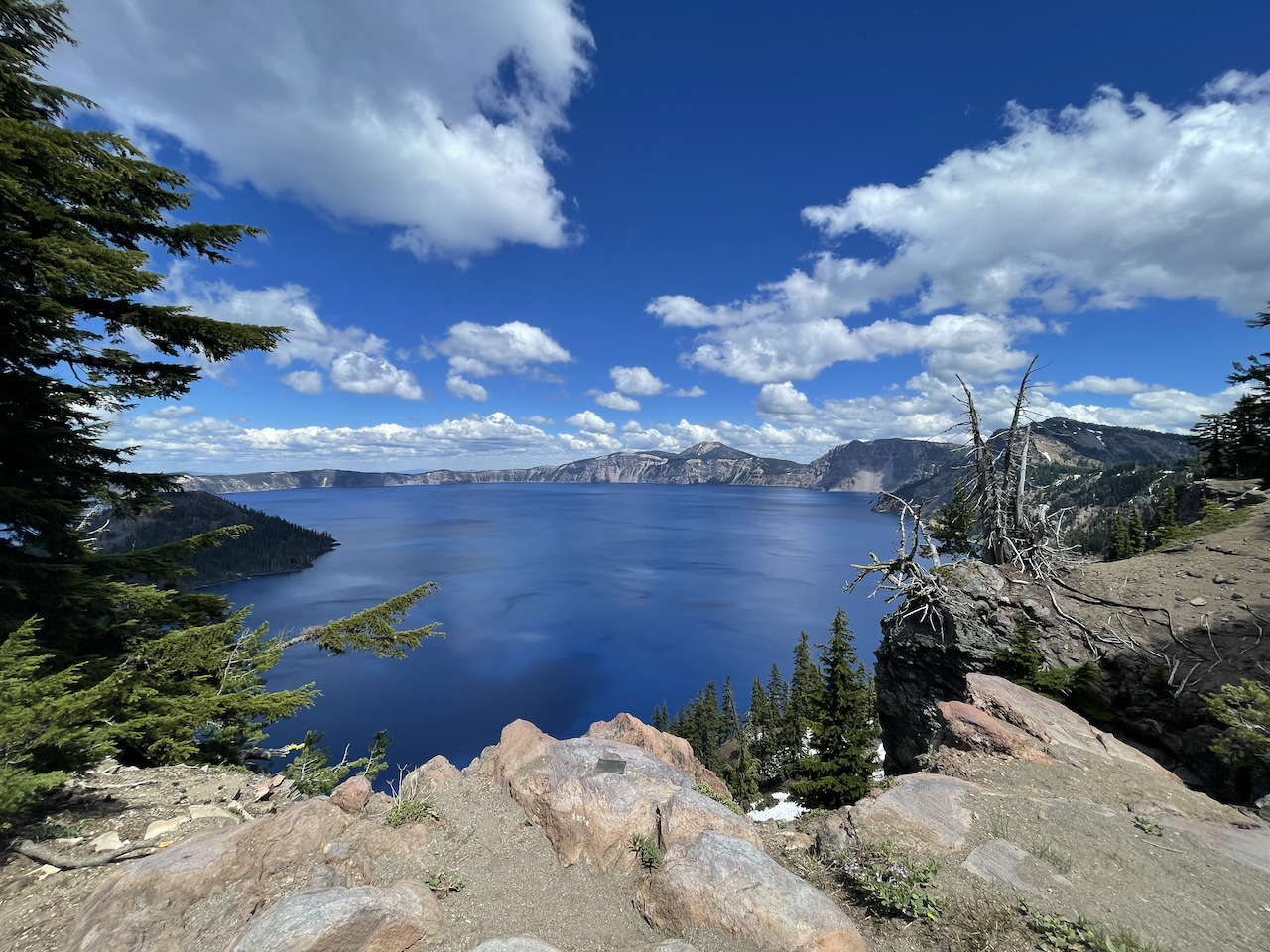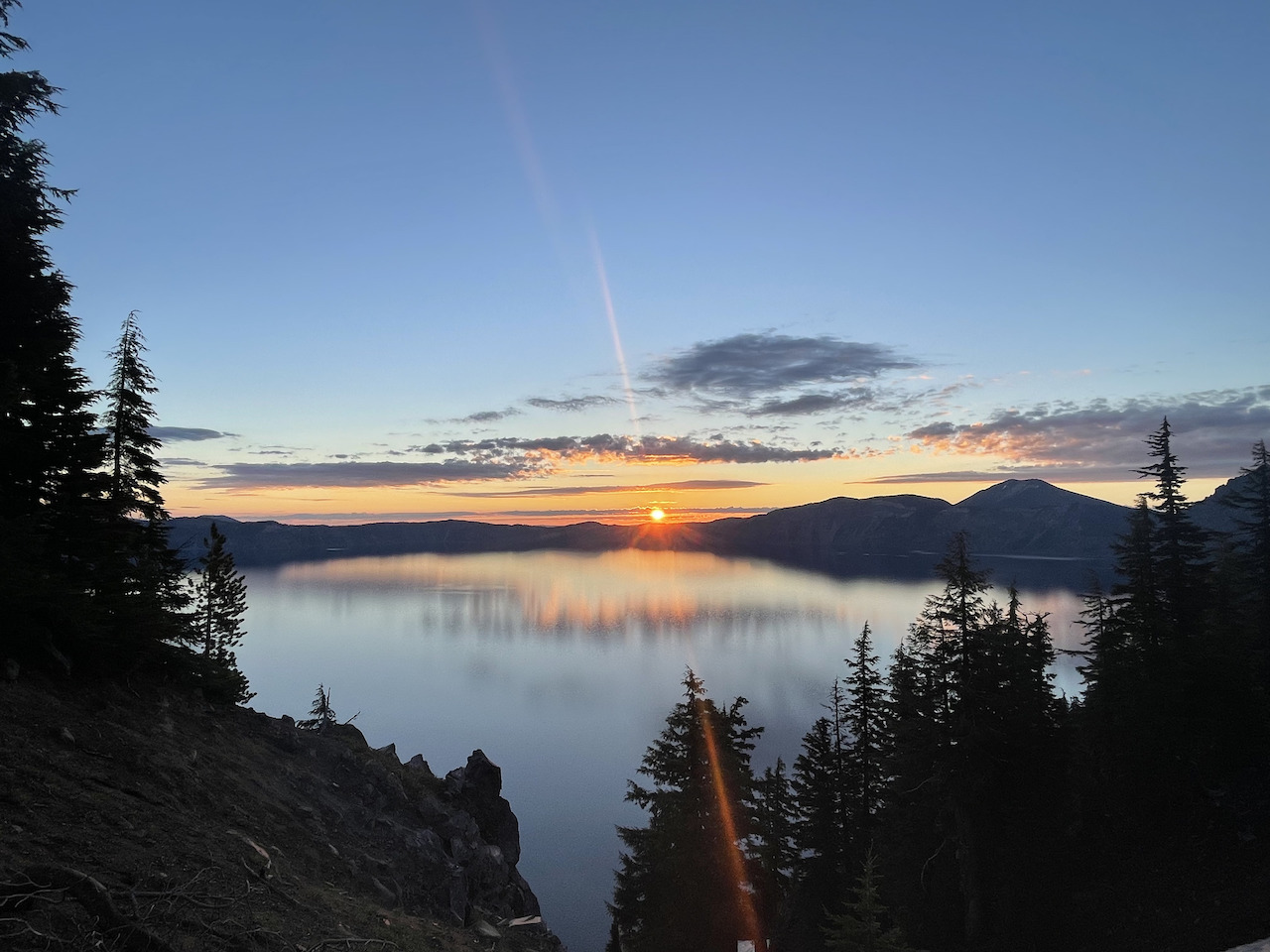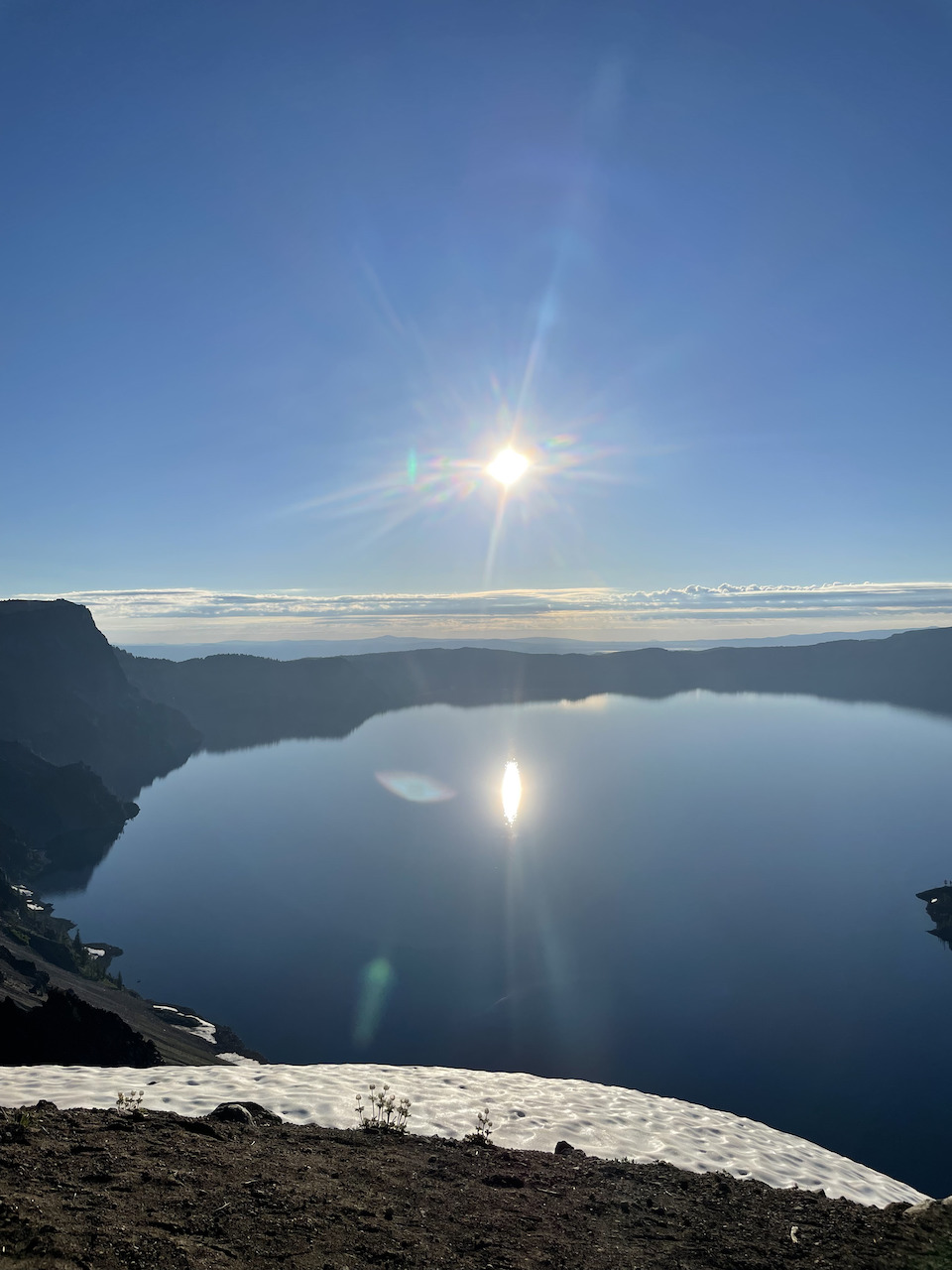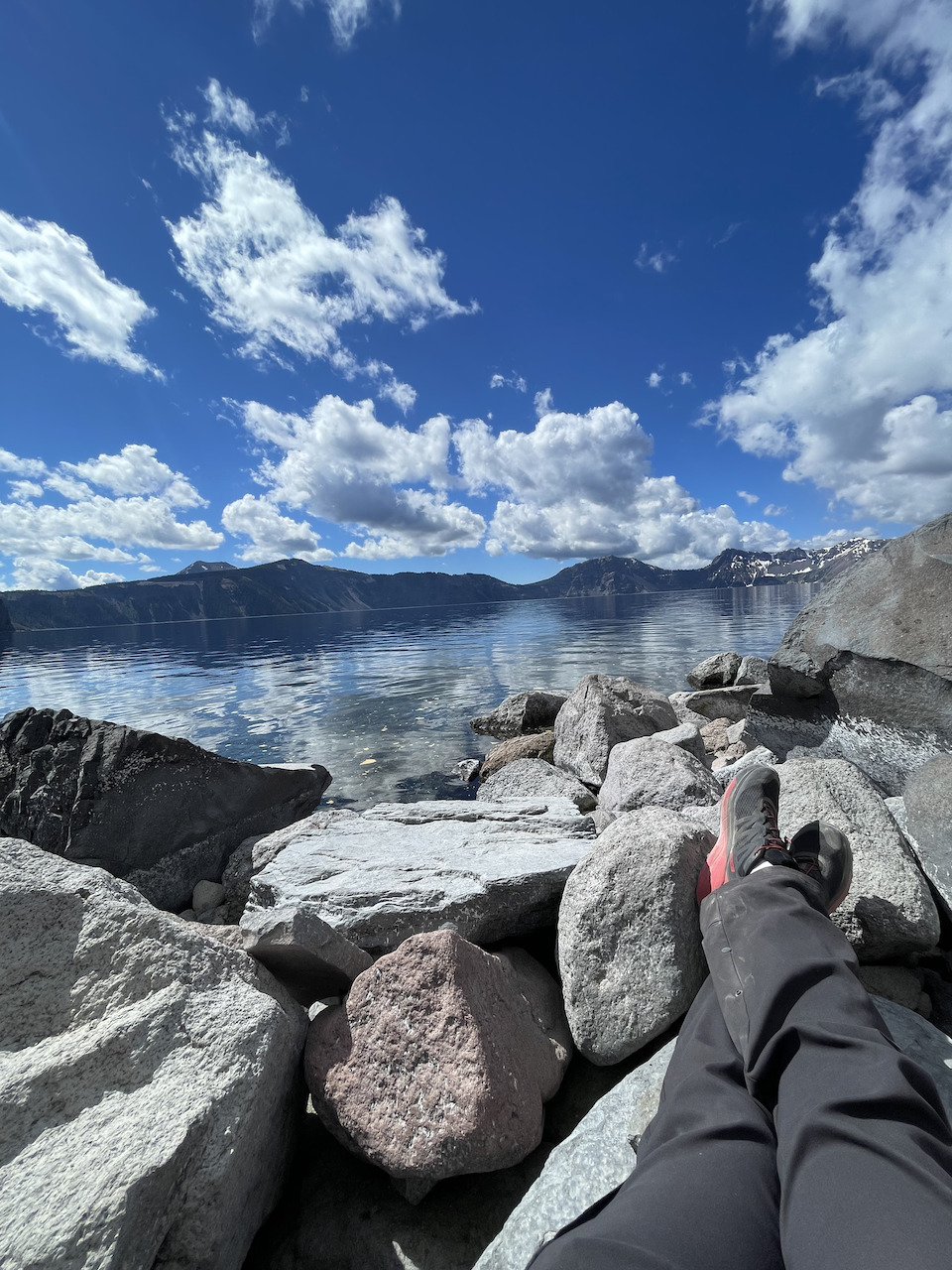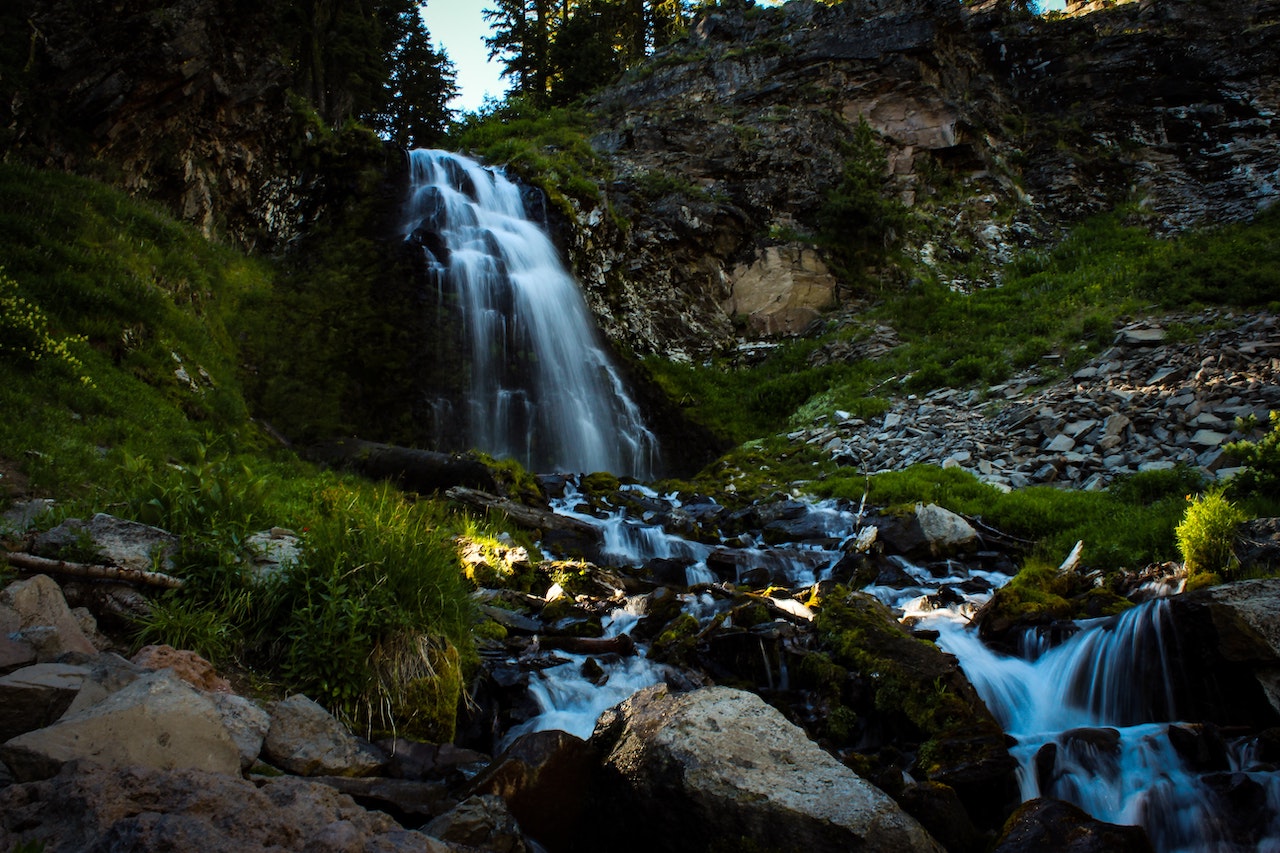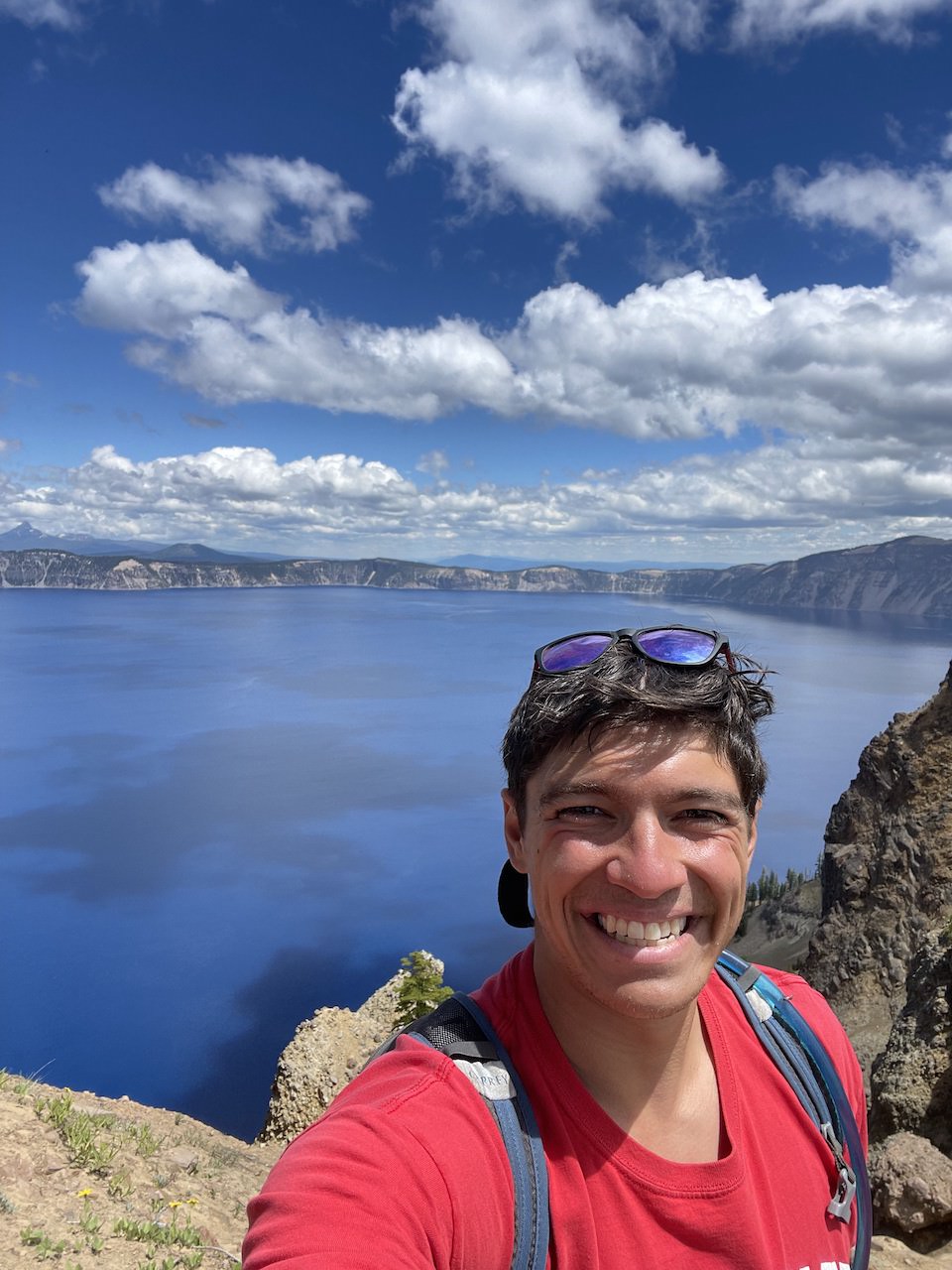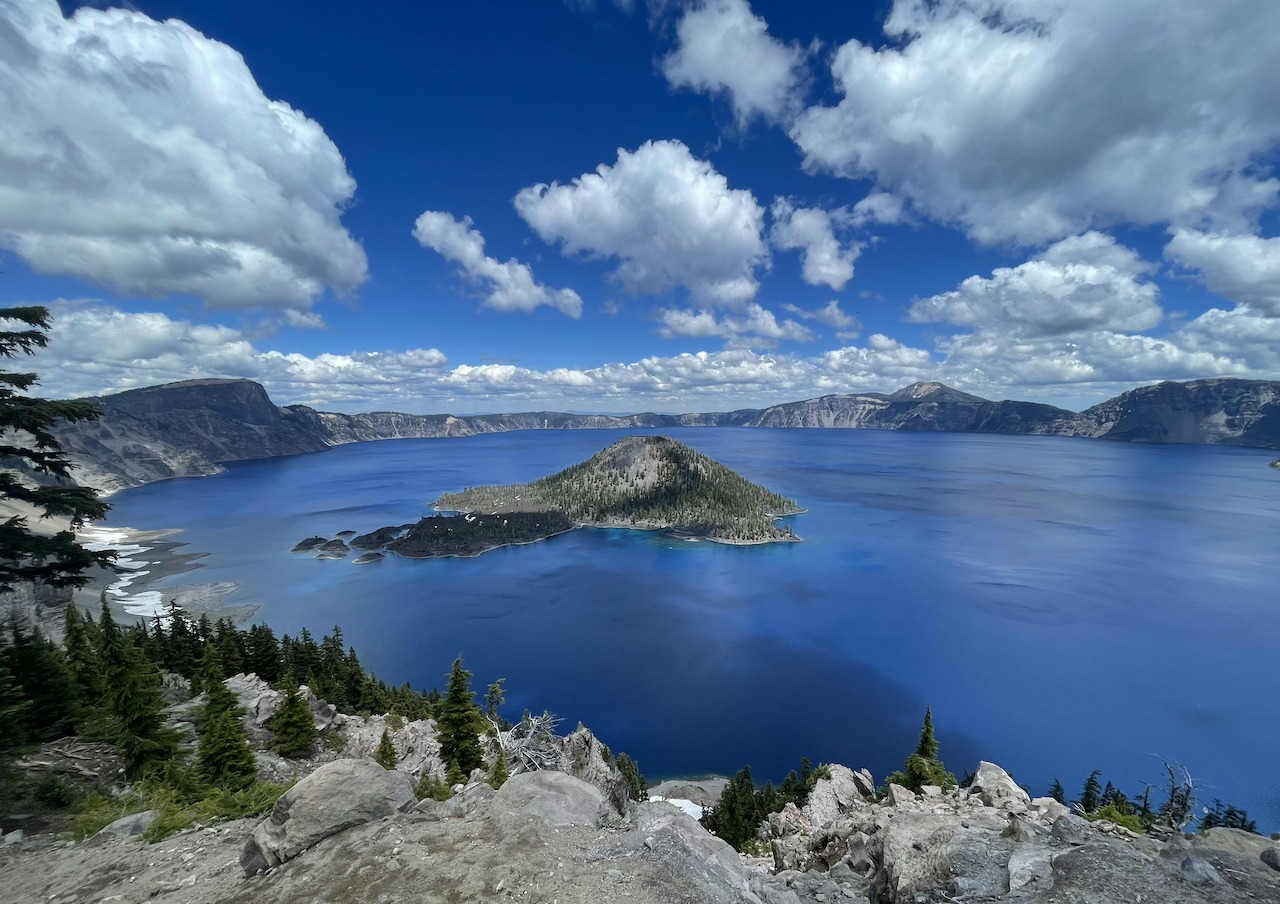Best Hiking Boots For Morton's Neuroma:
We all know that hiking boots are an absolutely essential piece of equipment and if you are someone who suffers from Morton’s Neuroma having the right kind of hiking shoes becomes even more important. As an orthopedic PA I have seen and treated patients with many foot ailments, including Morton’s Neuroma, and I’m going to break down what you should be looking for in a hiking boot as well as the best hiking boots for Morton’s Neuroma.
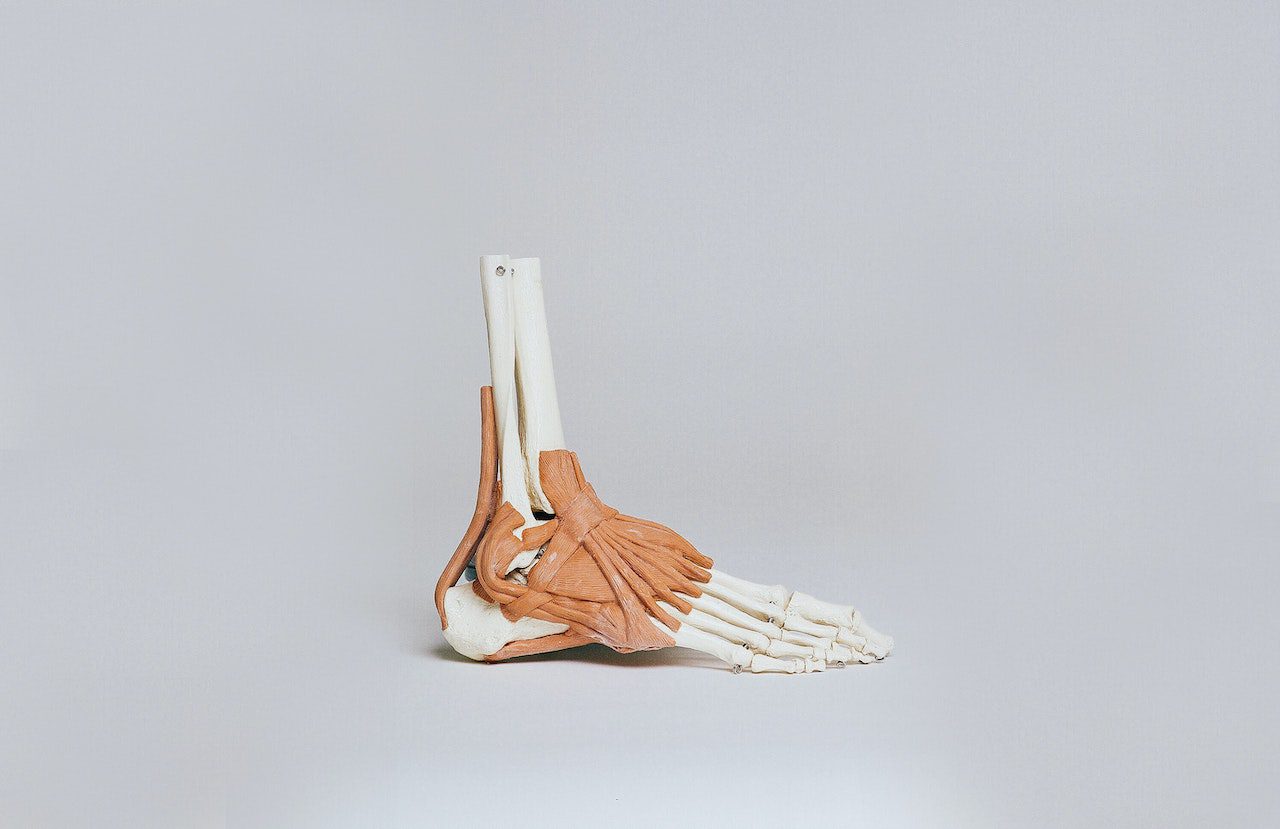
What Is Morton's Neuroma?
Mortons neuroma is a medical condition that typically causes pain in the ball of your foot, typically between the middle and right toes. People usually complain of a “pebble in their shoe” sensation due to a thickening of the tissue surrounding a nerve. If you want to learn more about Morton’s Neuroma, you can do so here.
Treatment For Morton's Neuroma
Morton’s Neuroma is initially treated with NSAIDs, rest, ice, and the proper footwear. Be sure to go to your orthopedist or podiatrist to get an appropriate treatment plan for your needs.
What Should Someone With Morton's Neuroma Look For In A Hiking Boot?
If you are a hiker who has recently been diagnosed with Morton’s Neuroma, there is a good chance you will need to get a new pair of hiking boots. Before you purchase your next pair of boots, you should make sure they have the following features:
- Buy a size bigger
- A wide-toe box
- A low heel shoe
- Consider an insole with increased arch support. Consult your podiatrist or orthopedist for the best insole for you.
Go A Size Up In Your Boot Size:
If you are suffering from Morton’s Neuroma, you may need to consider going up a half or full size in your boot. The reason being is the more you hike, the more your foot will swell. A bigger shoe size will allow your foot to swell without compressing against the inside of the shoe, thus reducing the risk of the nerve compression that causes the symptoms of Morton’s Neuroma.
A Wide-Toe Box
A toe box is the width of the shoe from the ball of your foot to your toes. Because this is the region where the nerve lays, you want to look for a shoe that offers a bit more space in the portion of the boot.
Wear Low Heel Shoes
While this isn’t much of a concern when looking at hiking boots, it is certainly something to keep in mind with your day-to-day. Studies have linked high heels to an increased risk of developing Morton’s Neuroma. So if you are a woman who loves high heels, they will only worsen your symptoms of Mortons Neuroma.
Consider Insoles
Lastly, consider purchasing insoles for your hiking boots that add additional arch support. Insoles can help take the pressure off the nerve, which classically causes the pain associated with Morton’s Neuroma. Consult your doctor before using an insole to ensure that you use the best one for your condition and natural foot shape.
Best Hiking Boots For Morton's Neuroma:
Below are some of the best hiking boots for Morton’s Neuroma. They include shoes that come in a wide version with a wider-than-average toe box.
The Teva Grandview GTX is an excellent hiking boot for those suffering from Morton’s Neuroma. With its wide-toe box, this goretex boot will keep you comfy and on the trail for miles.
If you prefer trail runners, look no further than the Altra Lone Peak 6. Its Wide toe base, plenty of cushion, and low heel make it a great hiking shoe for someone with Morton’s Neuroma.
Not only does the Oboz Sawtooth come with a wide toe box, but the shoe is also available in a wide size allowing more room for swelling
What To Do If You Are Still Having Pain:
If you are still having despite getting the proper footwear and following the plan of your medical professional, I would recommend following up with your foot care specialist, as you may require a more invasive procedure such as a steroid injection.

